And so we turned our backs on the mountains of the Cordillera Blanca and headed south. Despite repeatedly ping-ponging us from 2000 – 4000m, sometimes within a single day, much of this section was a bit of a ‘recovery’ ride – allowing bikes and bodies a break from the recent pounding along Peru’s rough and rocky dirt roads.

Passing through a series of ‘working’ cities with not a gringo tourist in sight provided a glimpse of everyday Peruvian life. In between the cities each day took us through a series of little villages of crumbling mudbrick, where bunches of maize hung drying from roofs and campesinos (peasants) worked in the fields or herded their livestock along the roads.
Being called a ‘gringo’ is nothing new in Latin America – particularly in Peru, where if you’re not Peruvian, there is no other option. It annoys the hell out of some people but there’s nothing really offensive about a term which basically means ‘foreigner’. I guess it’s just the repetitive, mindlessness of it that can drive you bonkers. Particularly in recent weeks where the occasional ‘gringo’ calls have escalated to a crescendo … from the giggling calls of kids lining the roadside, the hiss from a passerby, the cheery wave and ‘hola gringo!’, to the ‘GRRIINGO!!’ shrieks from persons unseen but demanding acknowledgement. Occasionally people even recognise that despite the shorn hair, helmet and bike shorts I am actually female, and therefore technically a ‘gringa’. I guess gringos generally, and especially those cruising past on loaded bikes, are a fairly infrequent sighting in these parts and thus attract more than passing interest.

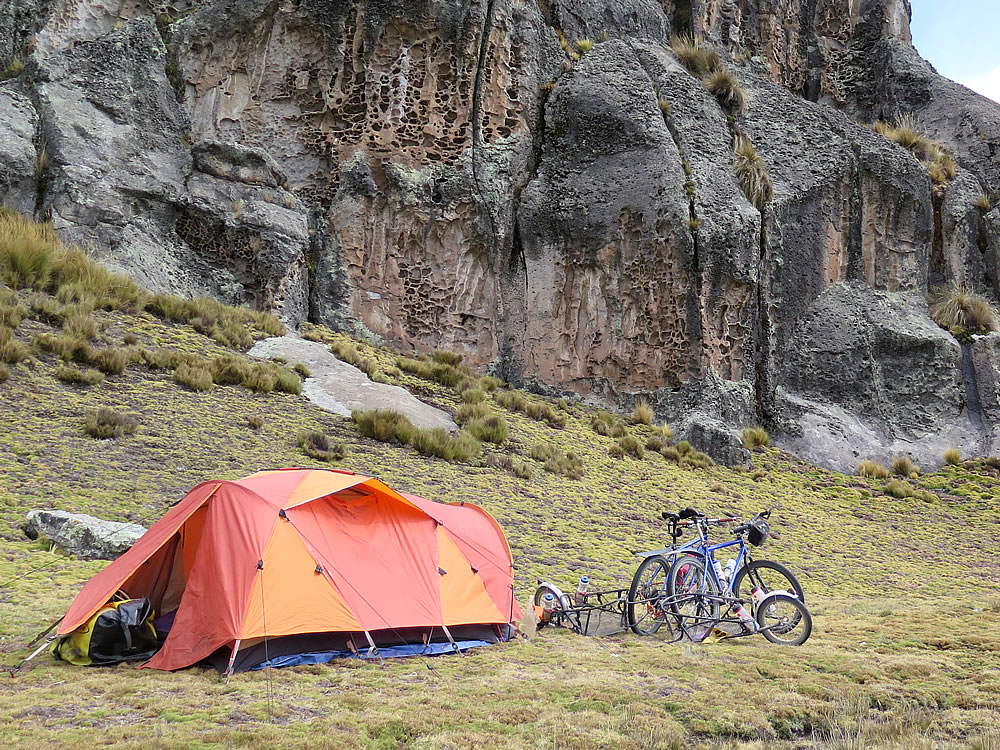
Peru has hundreds of archeological sites in various states of restoration. Many of these are rarely visited and unattended, making for peaceful and atmospheric campsites.
We struggled with the decision to visit Machu Picchu. On one hand it was an opportunity to visit the world renowned Incan citadel, and on the other it seems to have become just another overcrowded, overpriced and overhyped tourist hotspot. In the end we decided we couldn’t pass it by and took a back road towards Ollantaytambo, an old Incan village on the train route to Machu Picchu. Unfortunately the road was ‘closed’ due to road construction and we ended up riding and pushing along the railway track, dodging trains as we tried to bypass the closed section.
Macchu Pichu was constructed around 1450, at the height of Incan civilisation, but was abandoned just over 100 years later, possibly as a result of disease introduced from travellers to the area. Despite its proximity to the Incan capital at Cuzco, the site was never discovered by the Spanish conquistadors and thus was not plundered or destroyed. Over centuries the area was overgrown by jungle until American historian and explorer Hiram Bingham was shown the site by locals in 1911. Much of the site has now been excavated and restored, providing a glimpse of the extraordinary workmanship of the Incas in a stunning setting.
The highlight of the site for us was the stonework – many buildings use the classical Inca architectural style of polished dry-stone walls of regular shape, in which blocks of stone are cut and shaped to fit tightly together. Because of seismic activity in the area the use of mortar and other building methods would have been nearly useless. Therefore, the Inca used stones mined from the nearby quarry, lined up and shaped to fit together perfectly, stabilising the structures with features such as doors and windows that narrow from bottom to top, rounded corners, offset walls and the use of supporting blocks on outside corners.
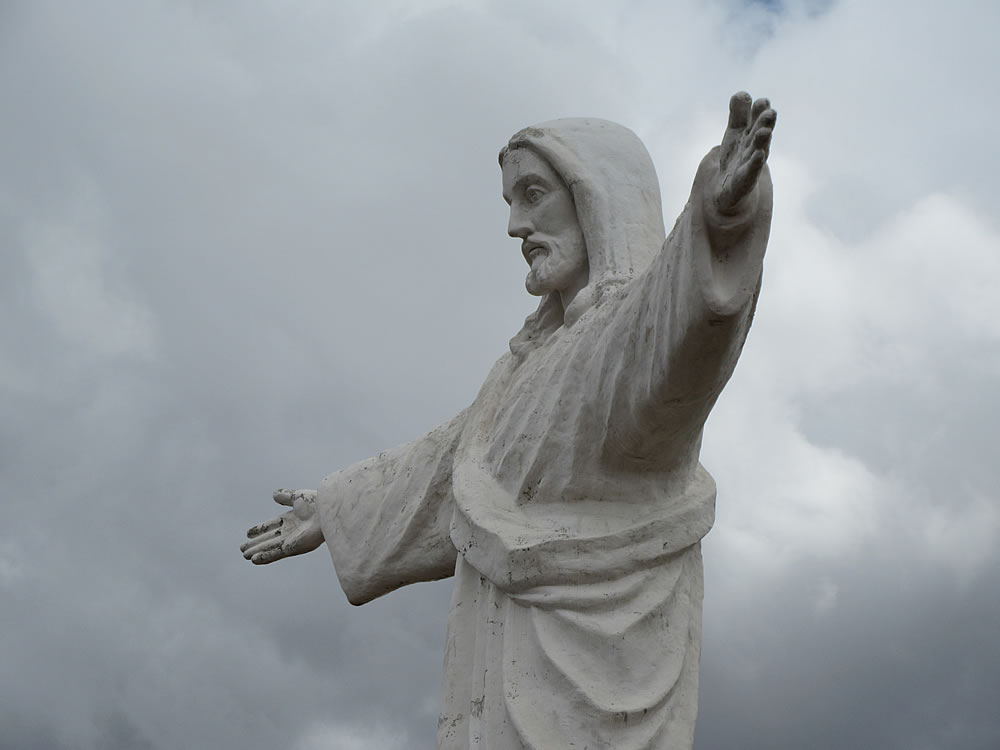
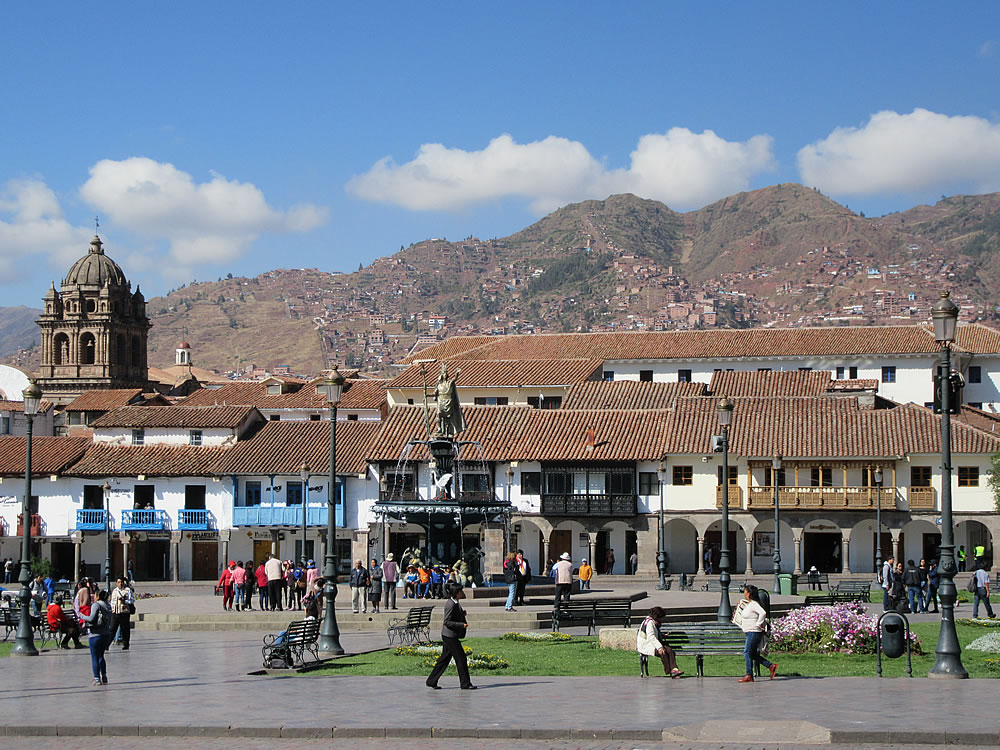
Cuzco was the capital of the Incan empire from the 13th century until it was captured by the Spaniards. The Spanish destroyed many Inca buildings, temples and palaces, using the remaining walls as bases for the construction of a new city. The old walls can still be seen, with newer buildings built on top. Notably, earthquakes in the 1950s destroyed numerous colonial-era buildings, but failed to dislodge the Incan architecture.
Needing a break from the city hustle, we turned off the main road out of Cuzco, taking a back route past a series of lakes which quickly climbed to around 4000m.
From Lampa it was just a quick spin into Juliaca where we stayed at a Casa de Cyclista with the incredibly hospitable Geovanni and his feisty little dog Milo. Having a weak spot for Jack Russell terriers we almost smuggled Milo into our bags, until we realised that even a small dog adds an extra 10kg. Sorry Milo, maybe next time.
After nearly 18 months on the road pretty much all our gear is starting to fall apart. And with quality replacements hard to find our rest days seem to have morphed into ‘repair days’.
From Juliaca we rode across to Lake Titicaca to camp at a little bay recommended by Geovanni. As we left the following morning two men waved us down to offer us bowls of hot potatoes and tiny sardine-like fish – with payment in the form of posing for photos. From here we followed the lake round to the north-east, heading for a little-used border crossing into Bolivia. At 3812m Lake Titicaca is often considered the highest navigable lake in the world and it’s certainly an impressive body of water.
One of my strongest memories of Peru is the warmth and graciousness of the women, particularly the elderly ‘abuelas’ (grandmothers). I would often be approached with a smile as I paused in a village, my hands grasped in theirs as questions established both where I was from and where I was going. And then I’d be sent on my way with words of welcome and good wishes for our journey, a lightness in my heart from these lovely little encounters. As I gained confidence I would often stop to chat with groups of women, sharing a few words and giggles as we compared clothing, hair and headwear. Someone would often produce a smart phone, and the inevitable photo session would result.
Heading into Huancane with our minds firmly on the possibility of lunch, we were waved in to join a family celebration. Everyone was dressed up, sprinkled with confetti and the beer was flowing freely. No problem, a couple of grubby gringos were welcomed warmly, plied with beer and were soon posing for the family photo album. We think it was a church confirmation as there were a couple of dolled-up and embarrassed-looking teenagers hiding in the car while the adults got merrily sozzled.
Reaching the Bolivian immigration post we soon realised that most foreigners that cross here are on bikes. We added our card to the ‘Cyclists Hall of Fame’ board in the office, posed for photos, and then joined the police and border officials at the little eatery over the road for lunch. I wish all border crossing could be like this ….
Rubber side down,
Ed & Gaye
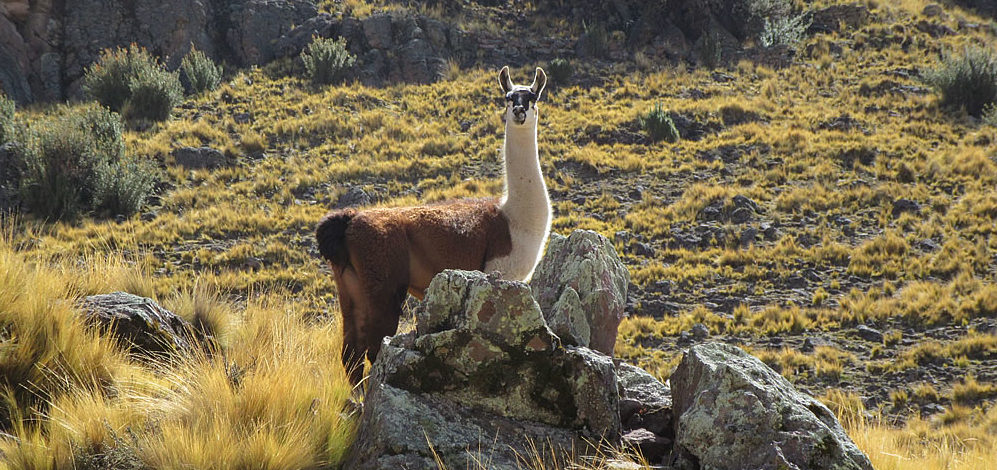
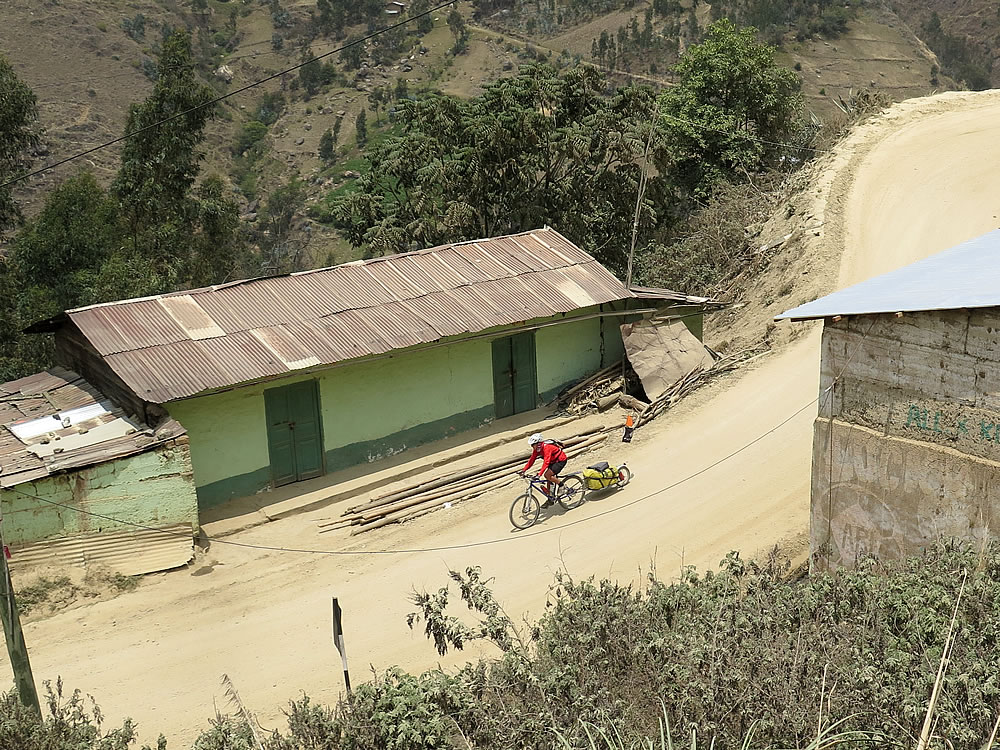



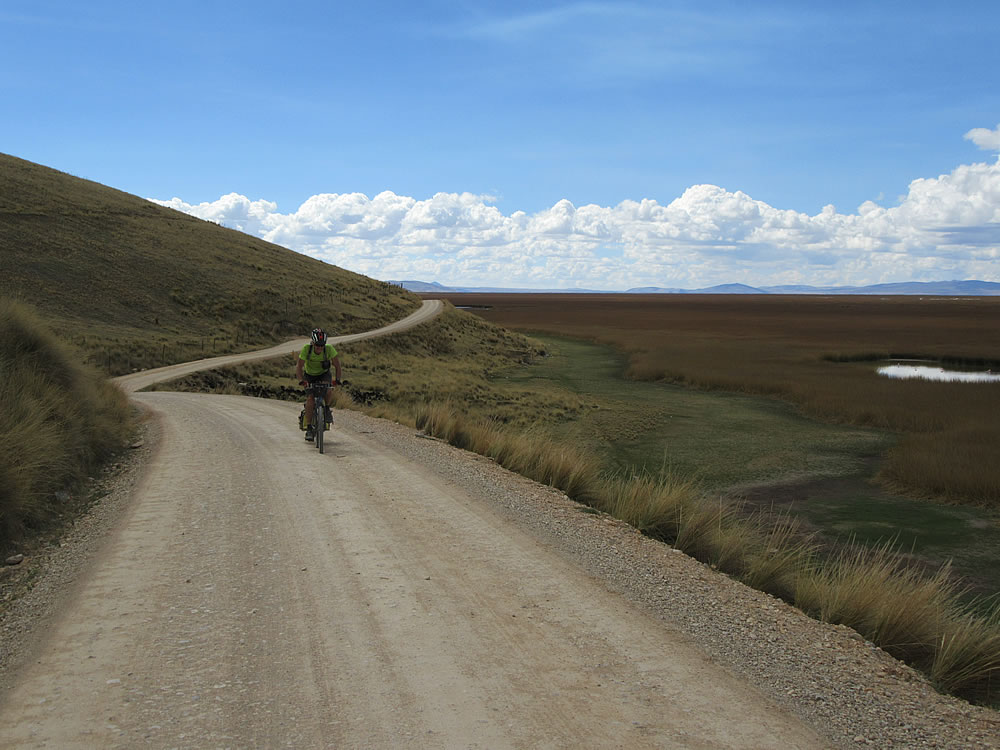
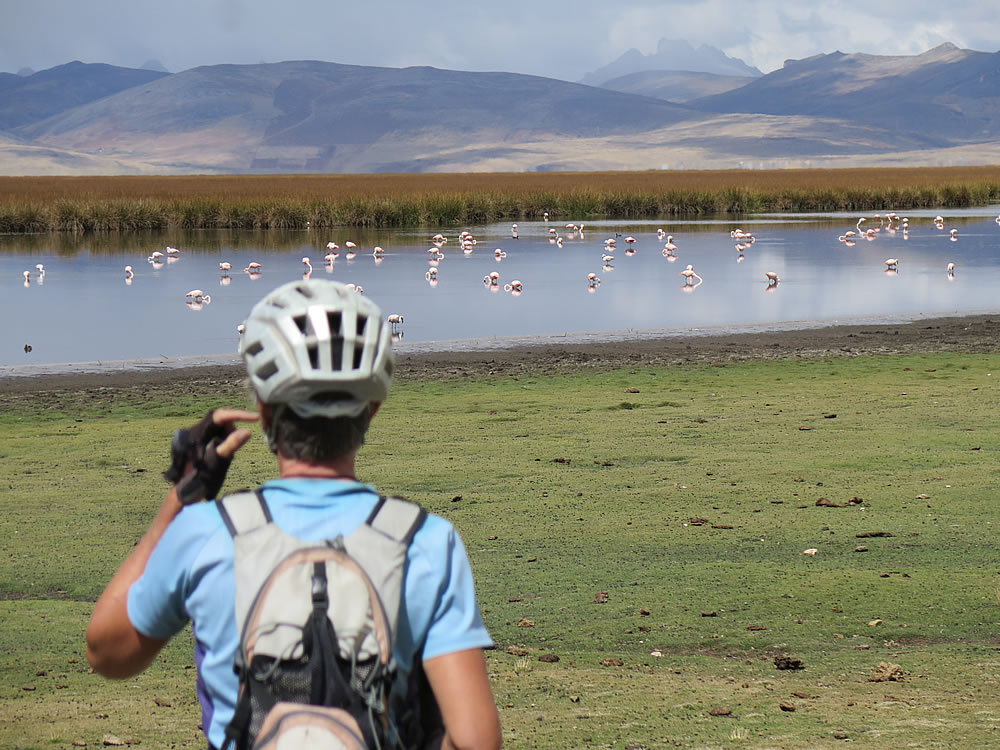

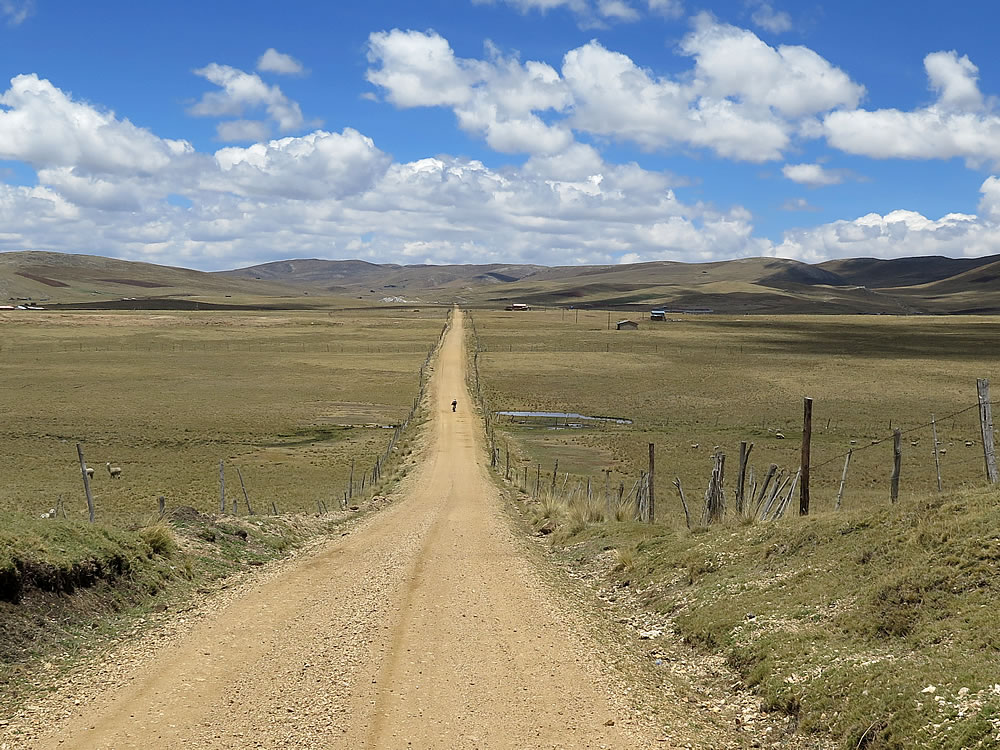
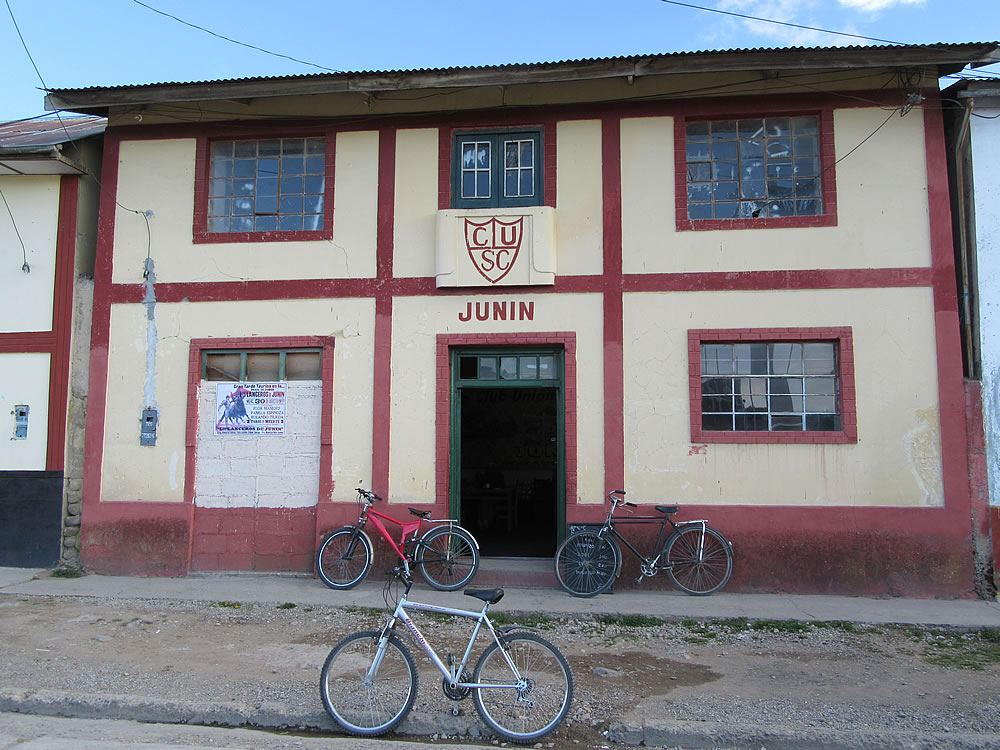
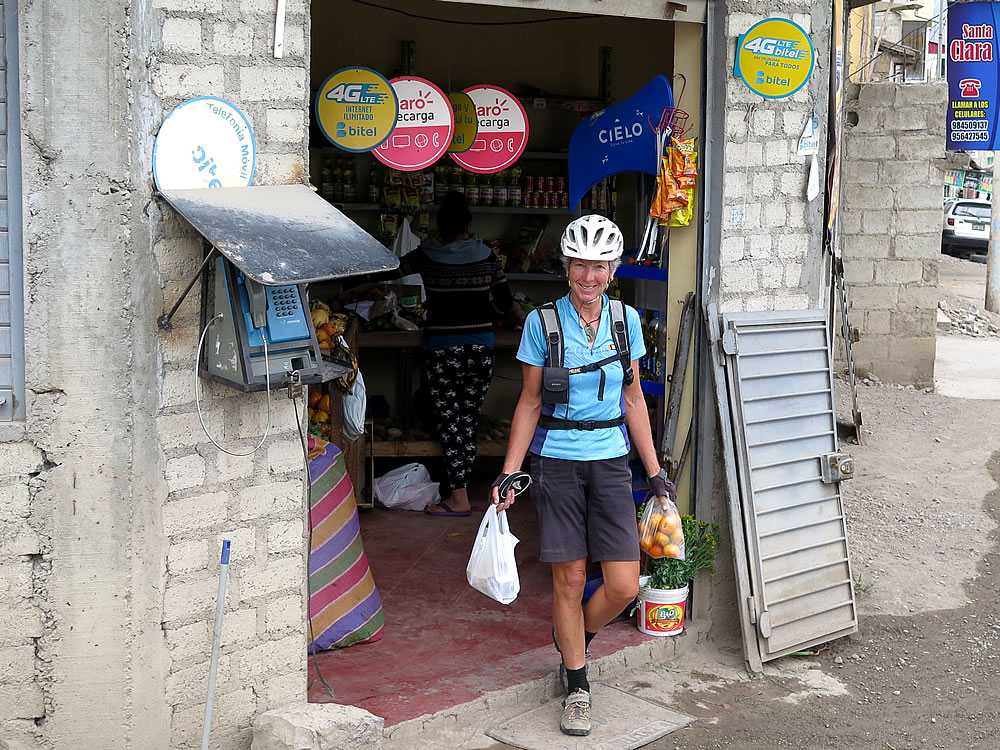
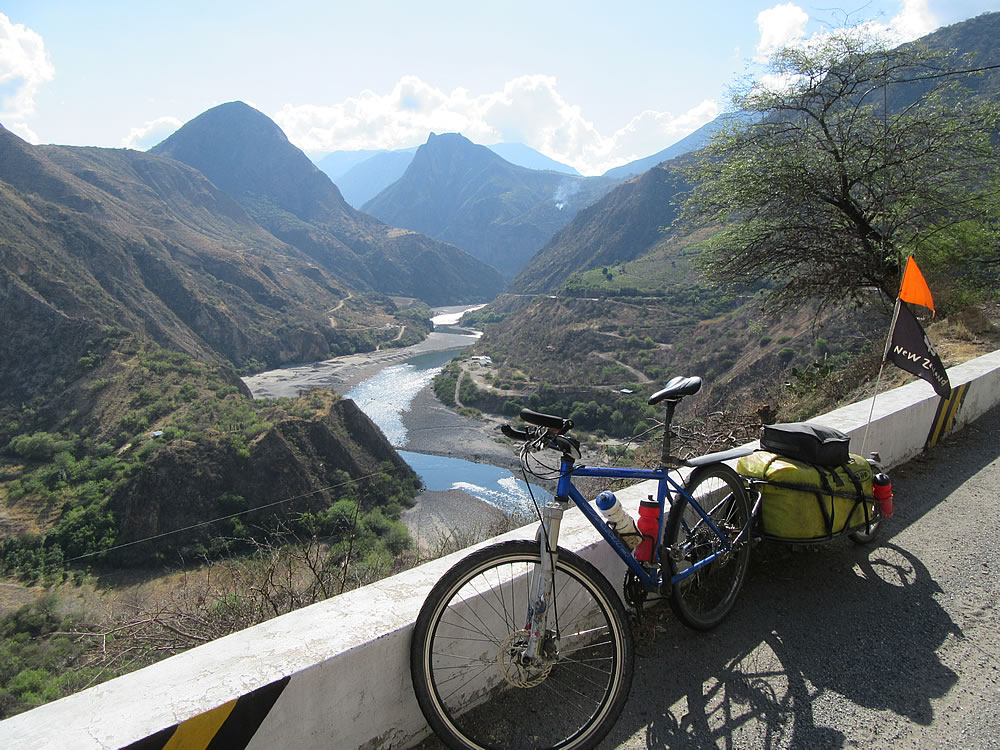
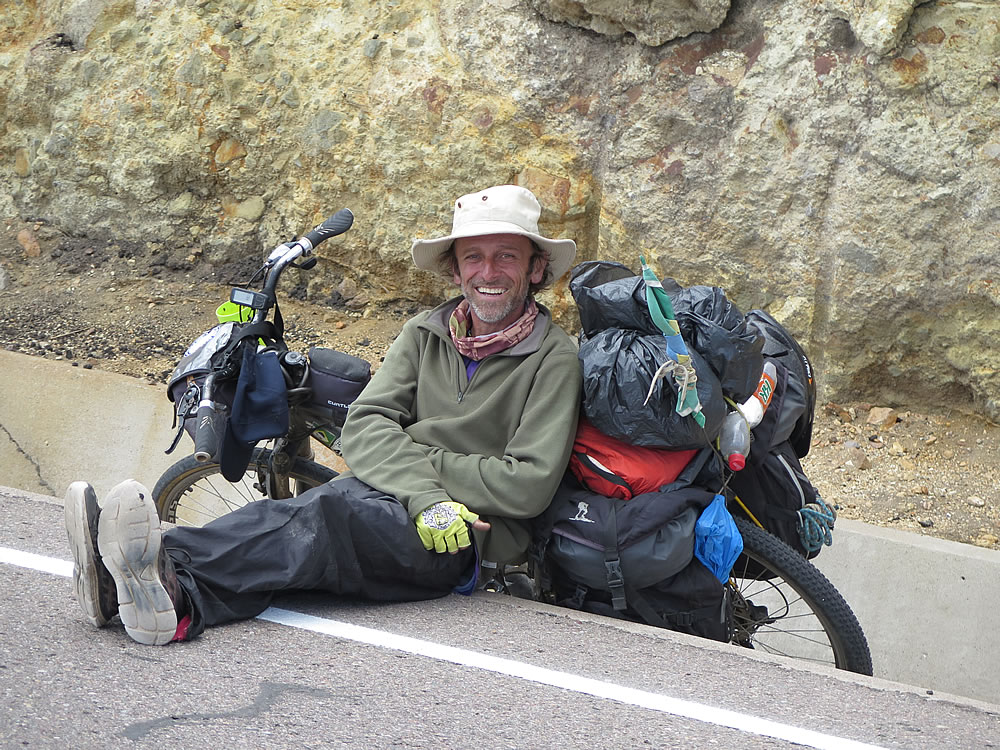

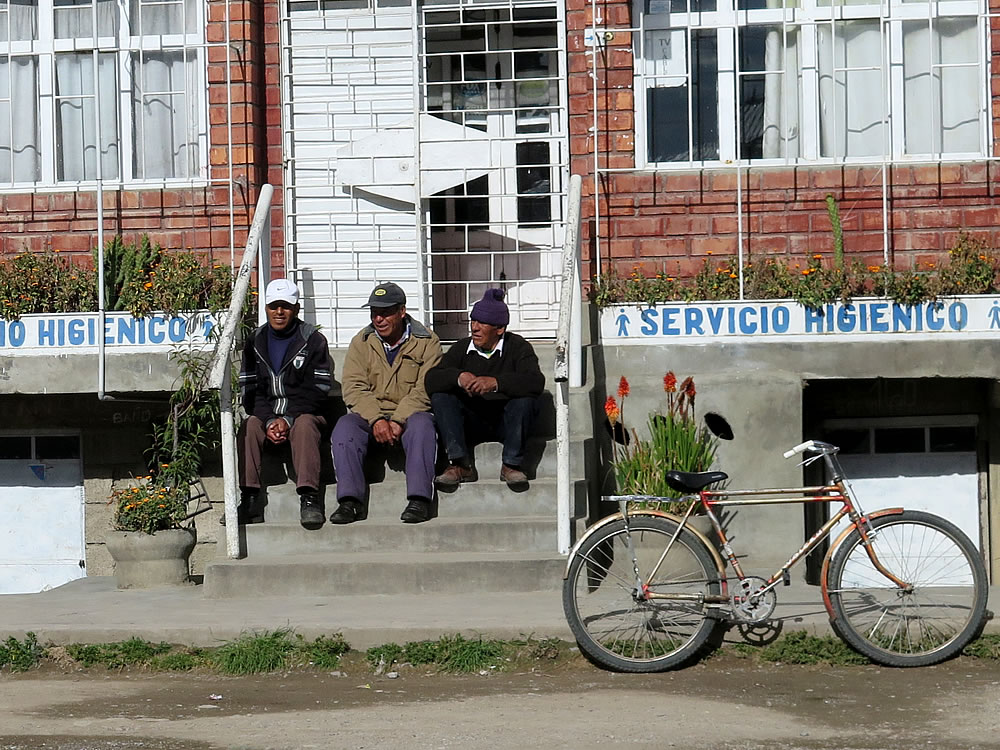

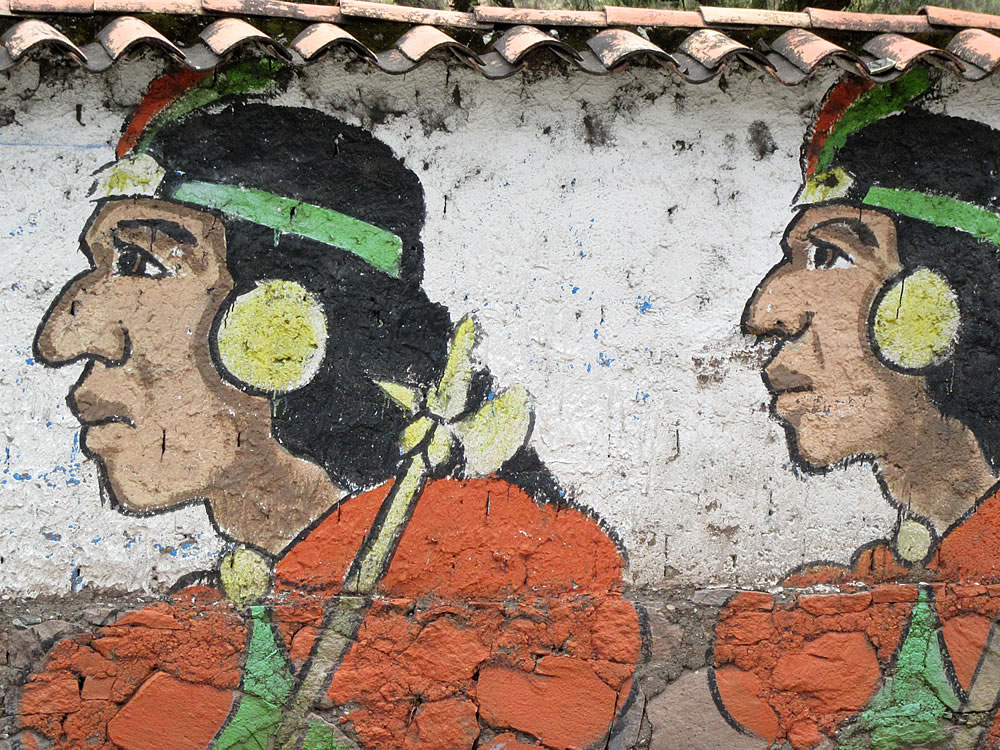


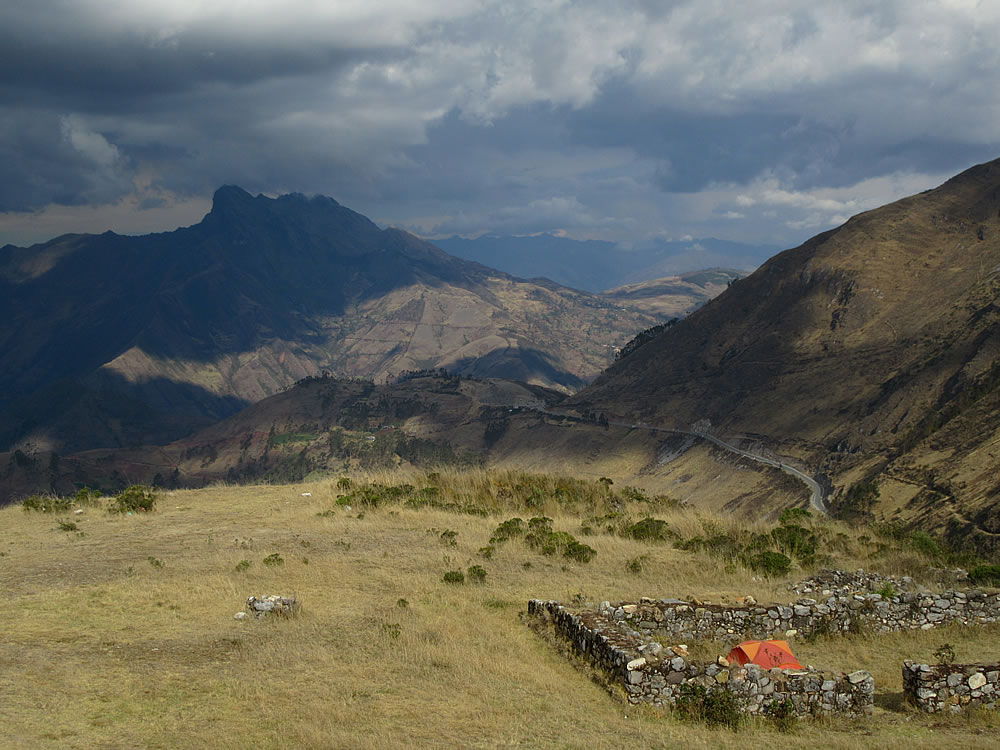
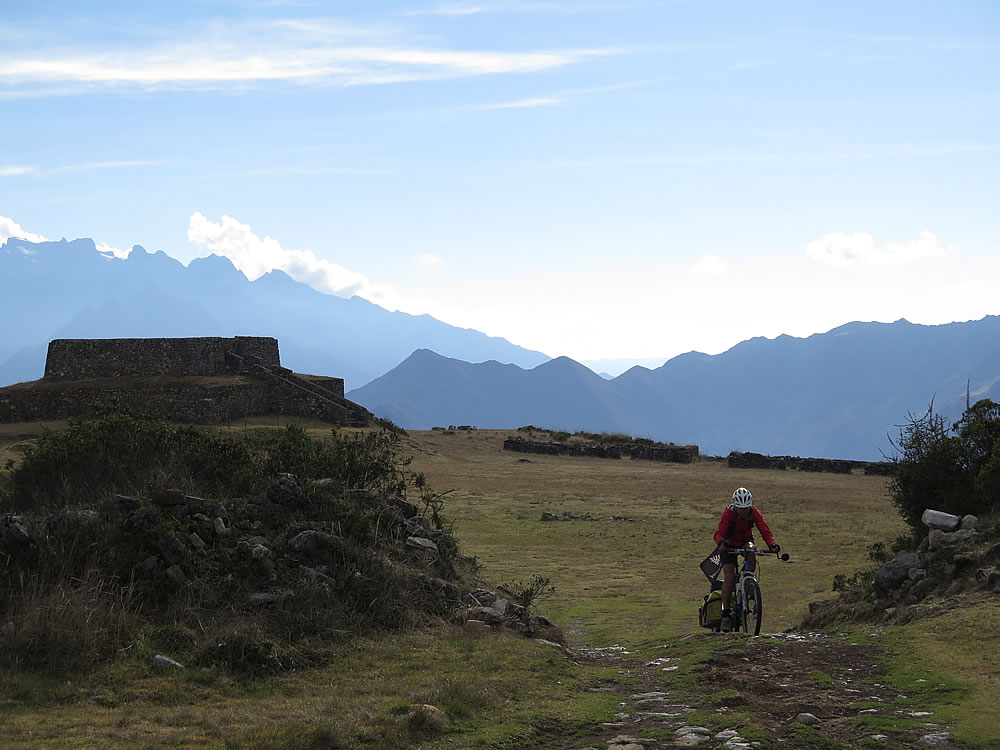
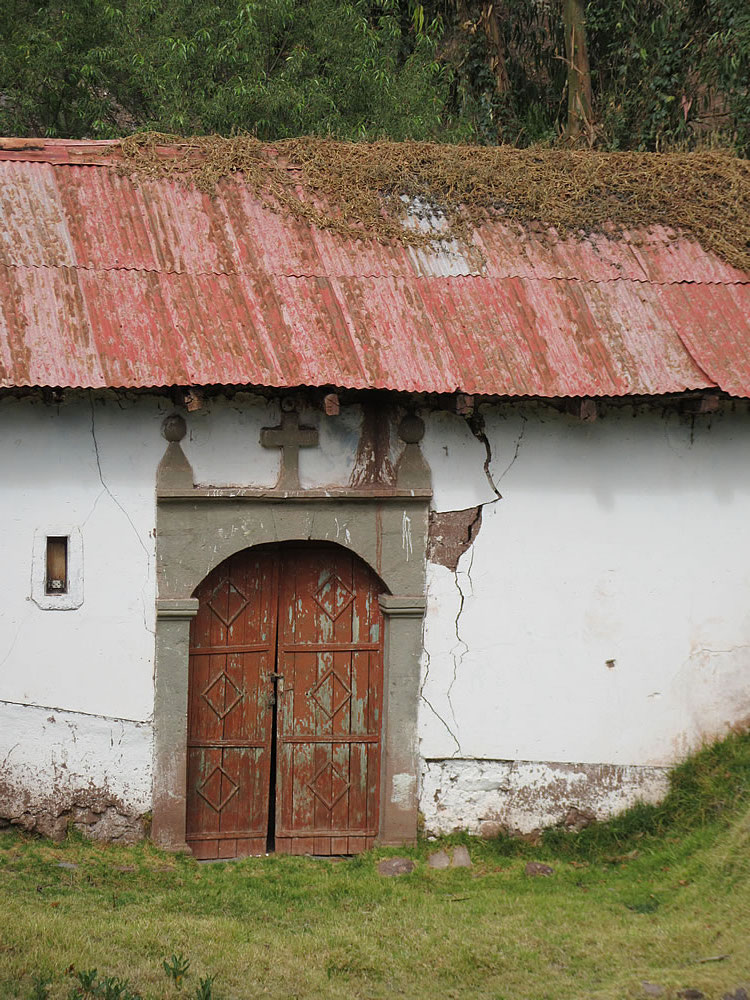
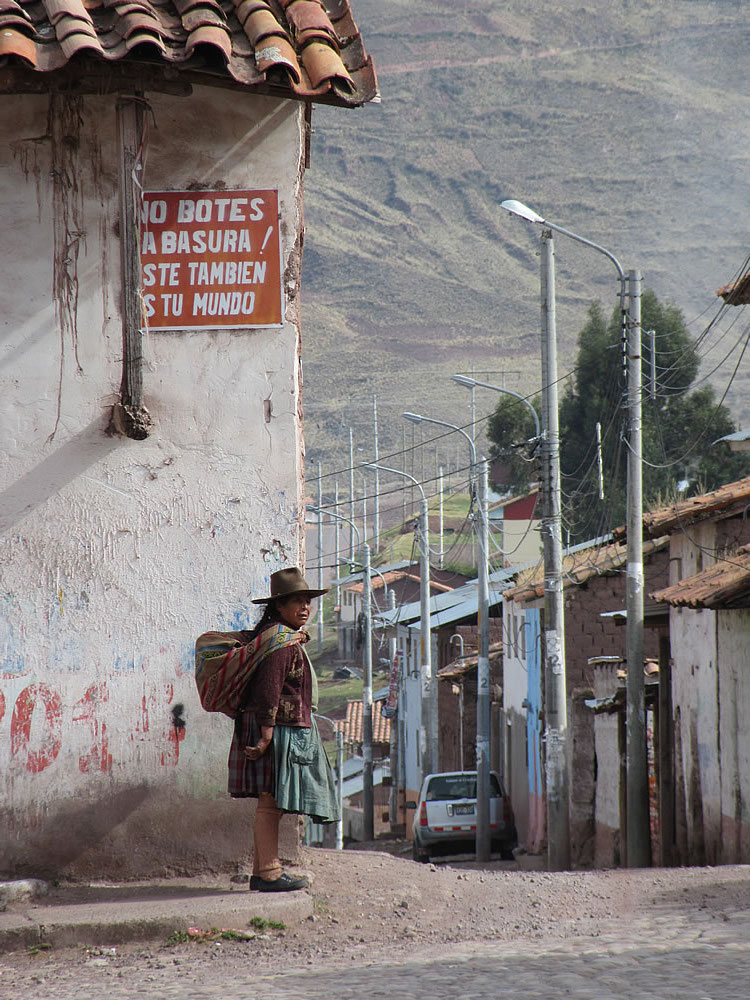
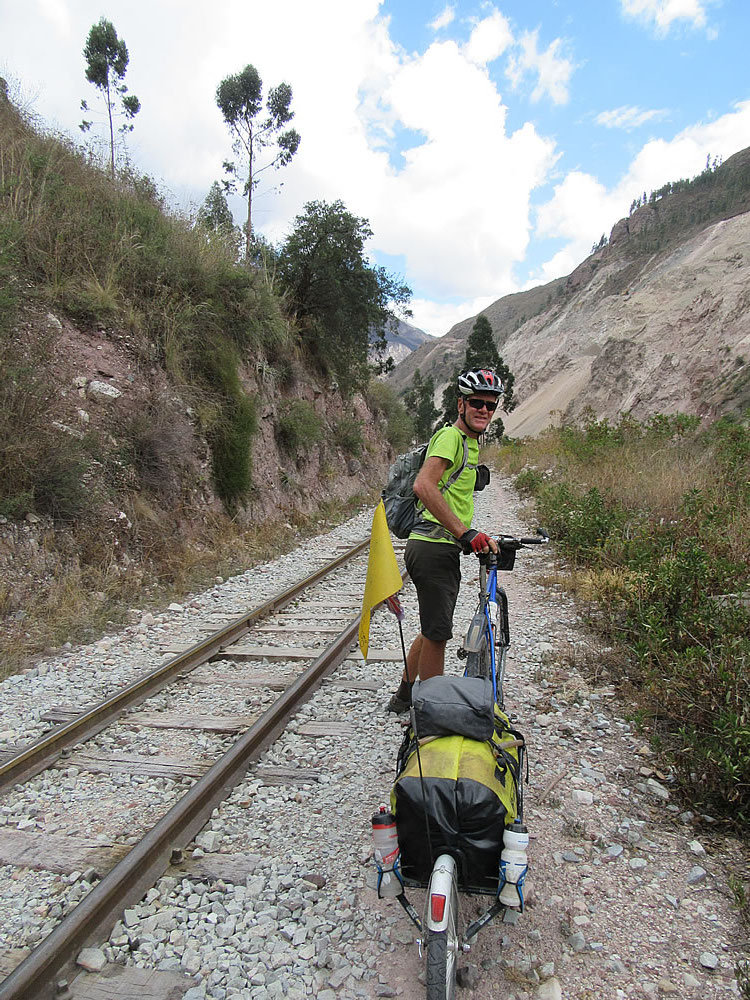
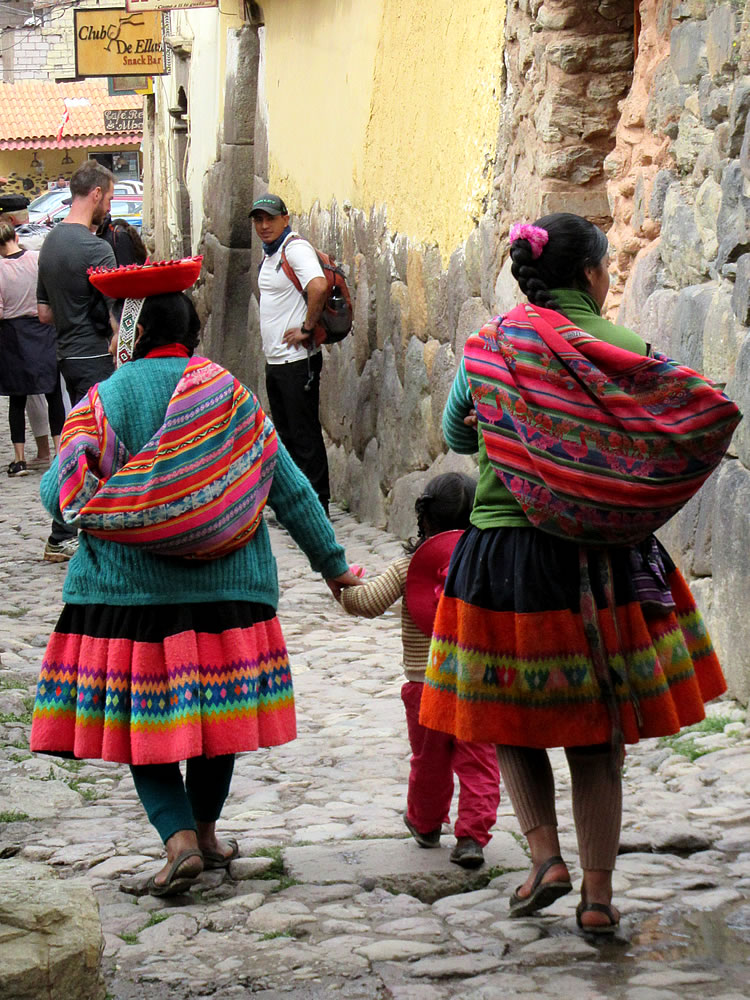
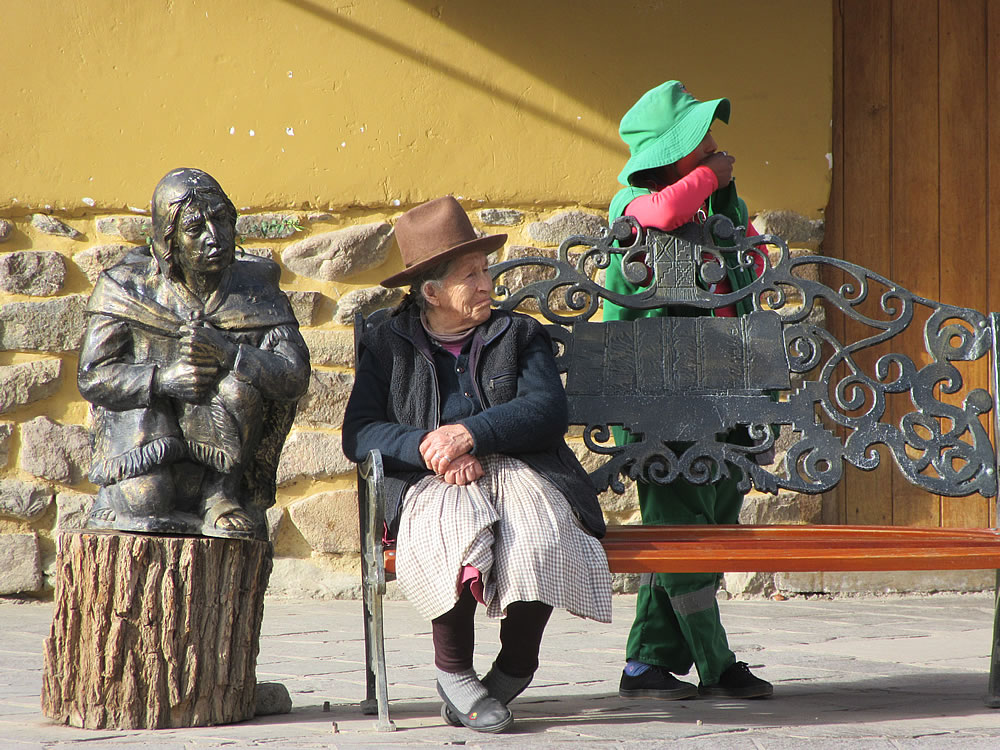
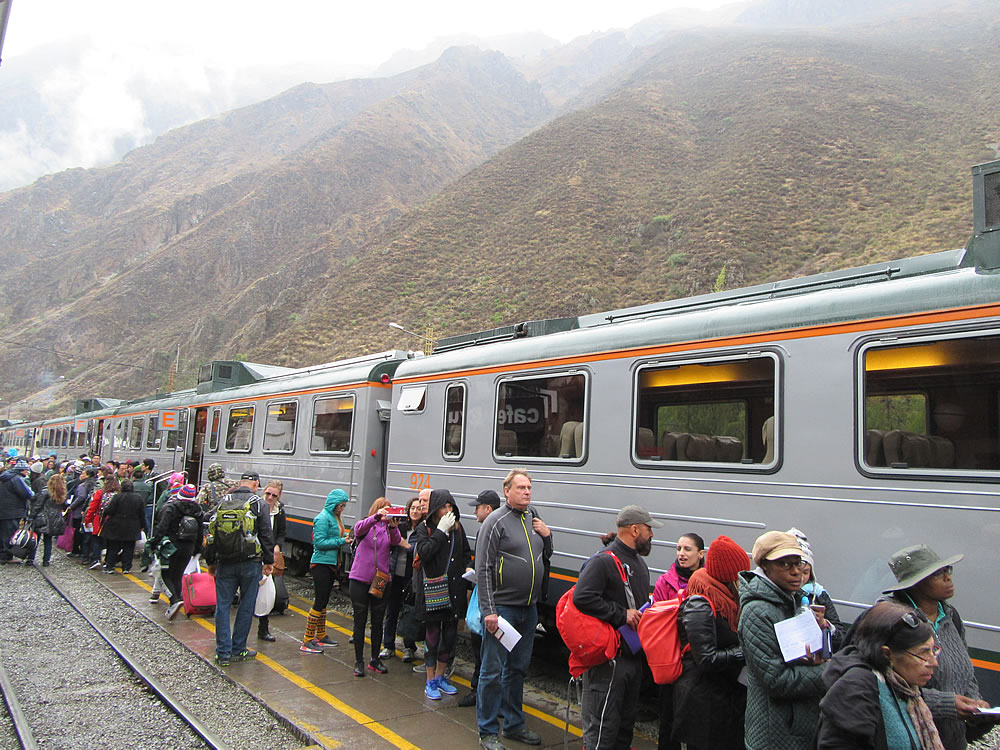
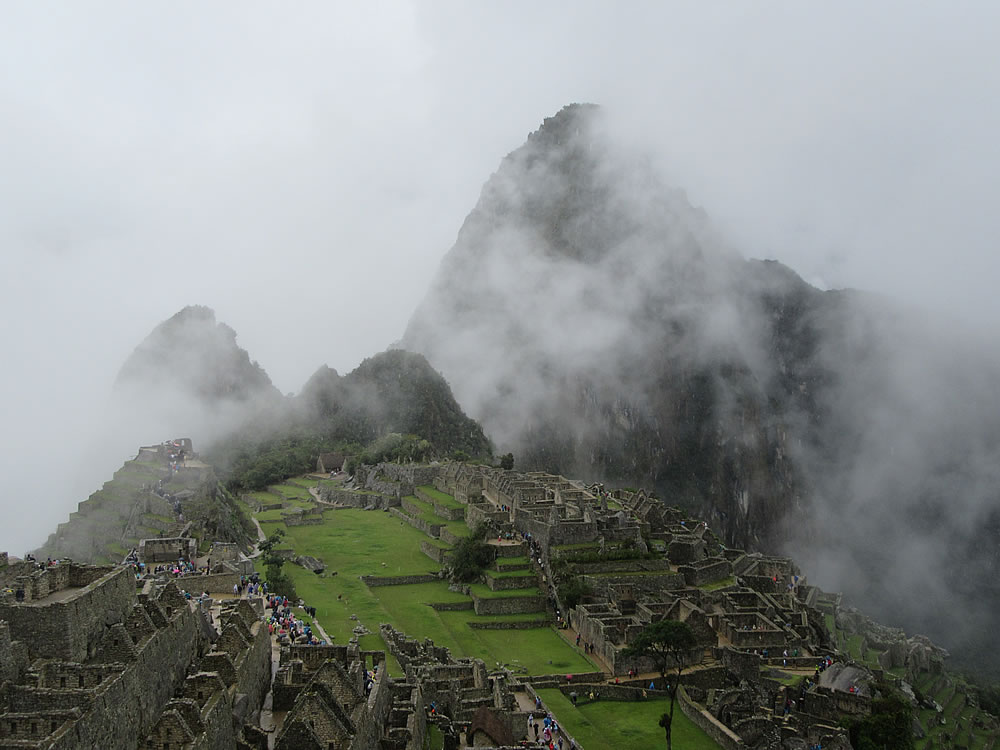
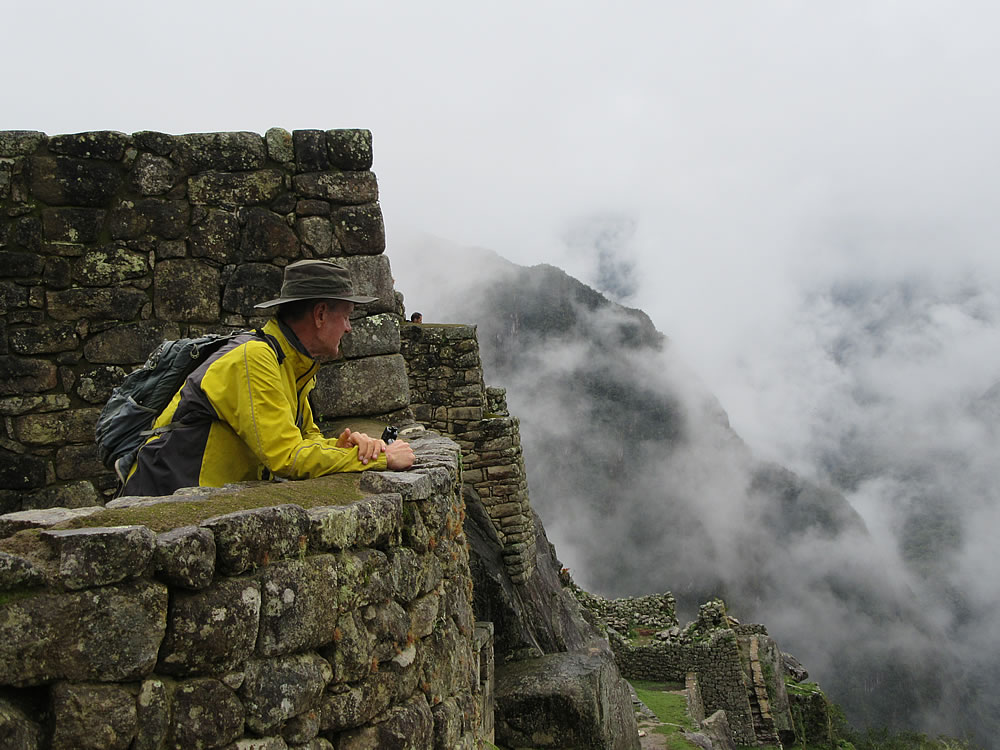
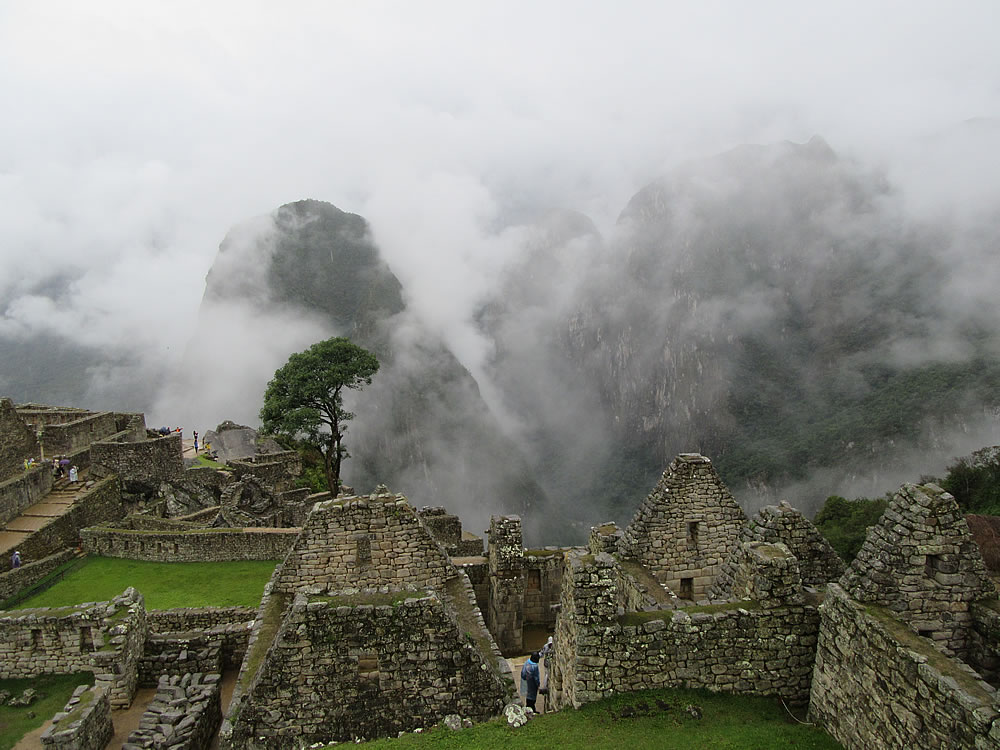
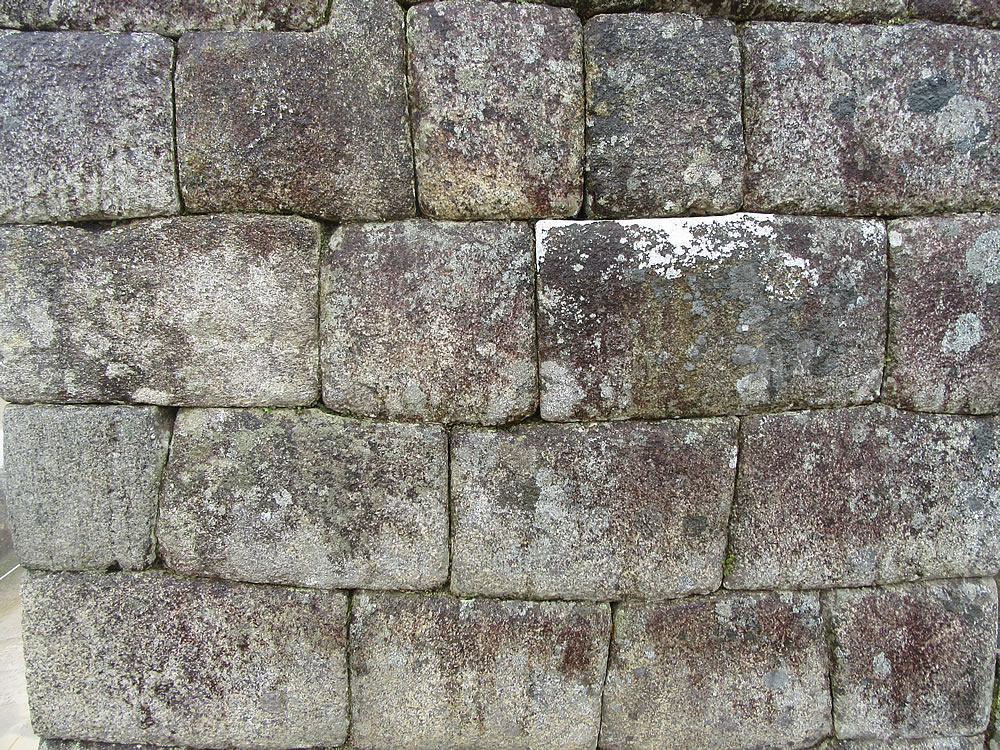
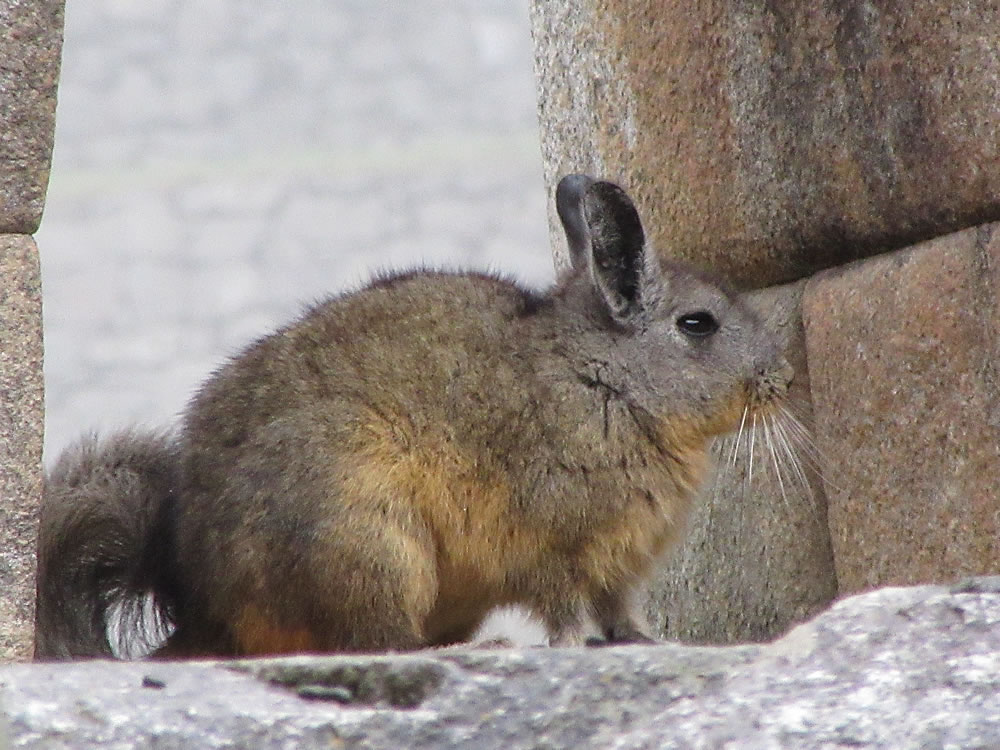
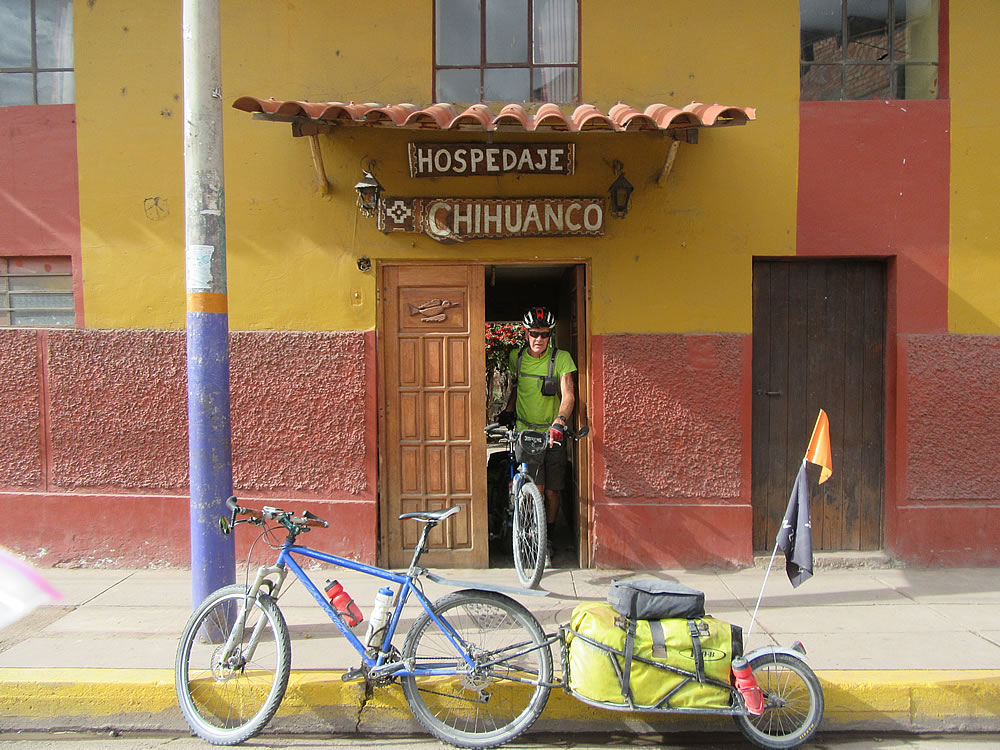
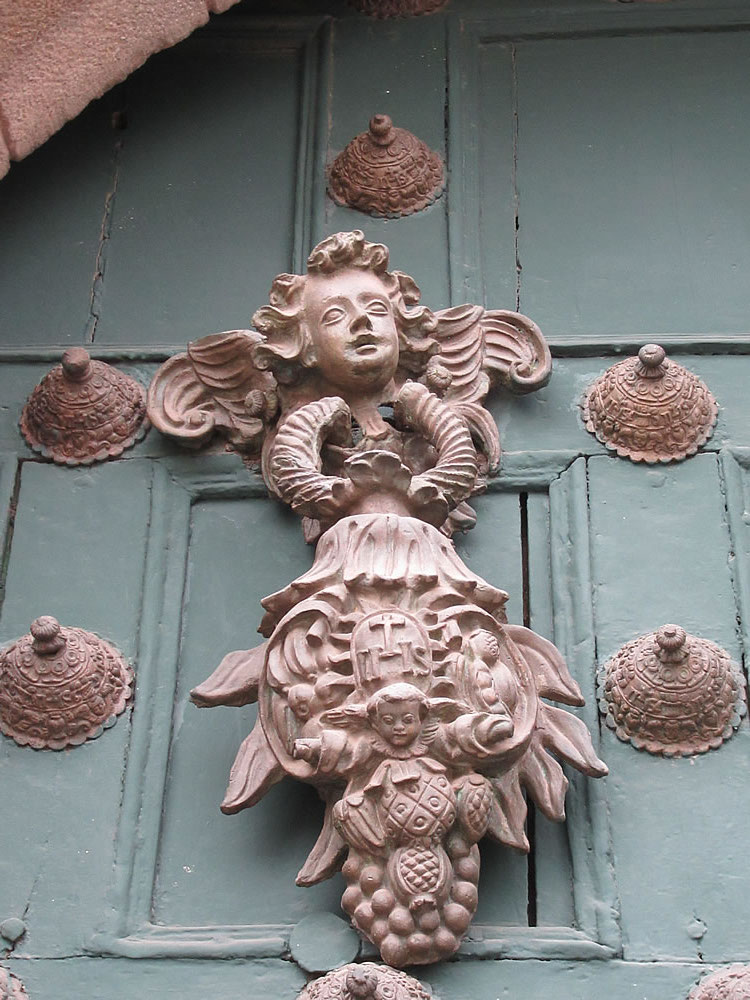
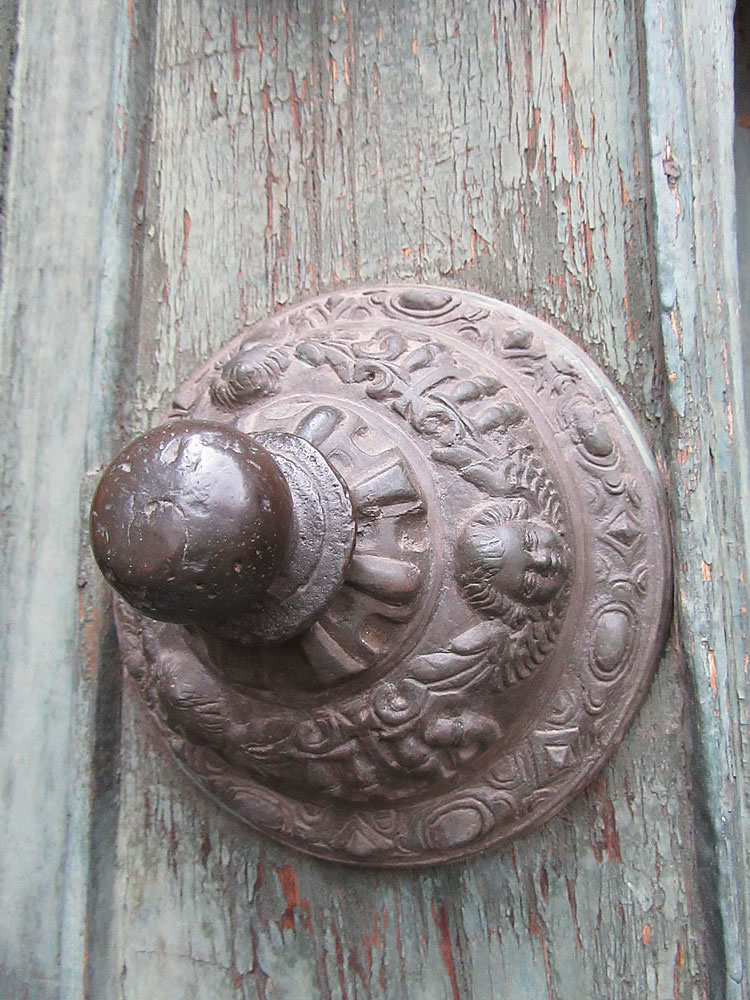
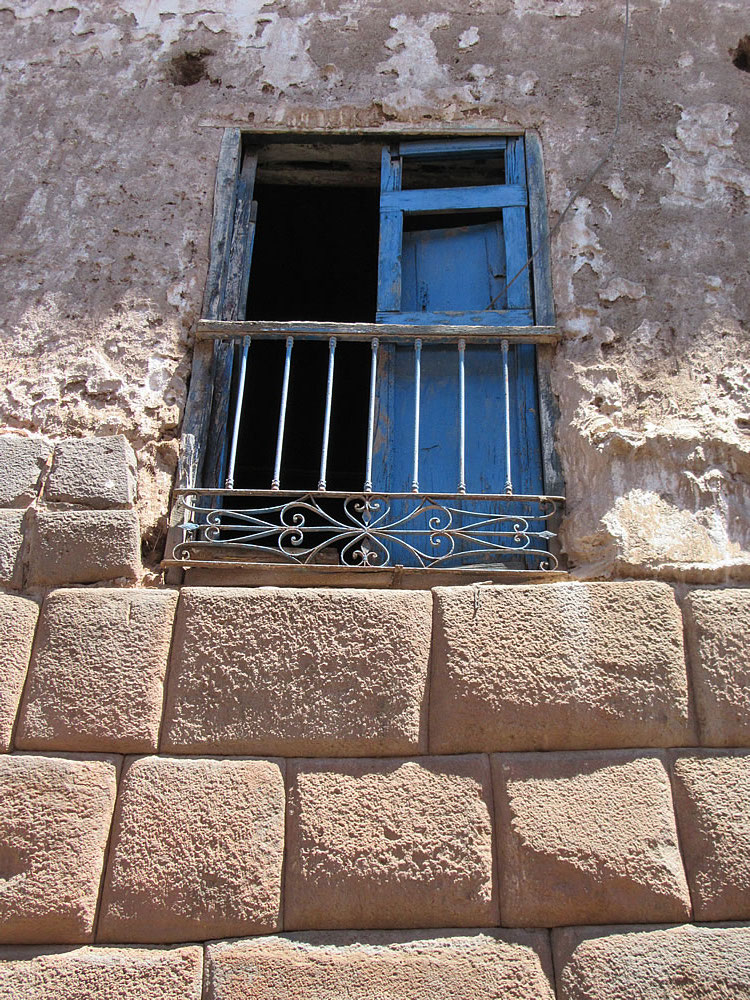
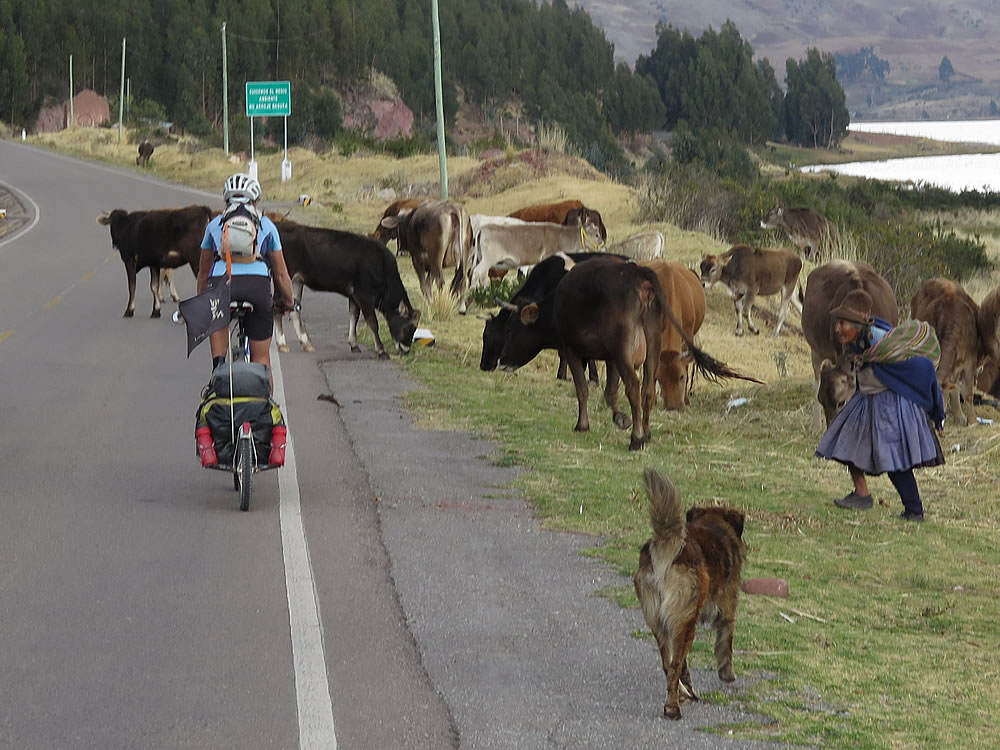
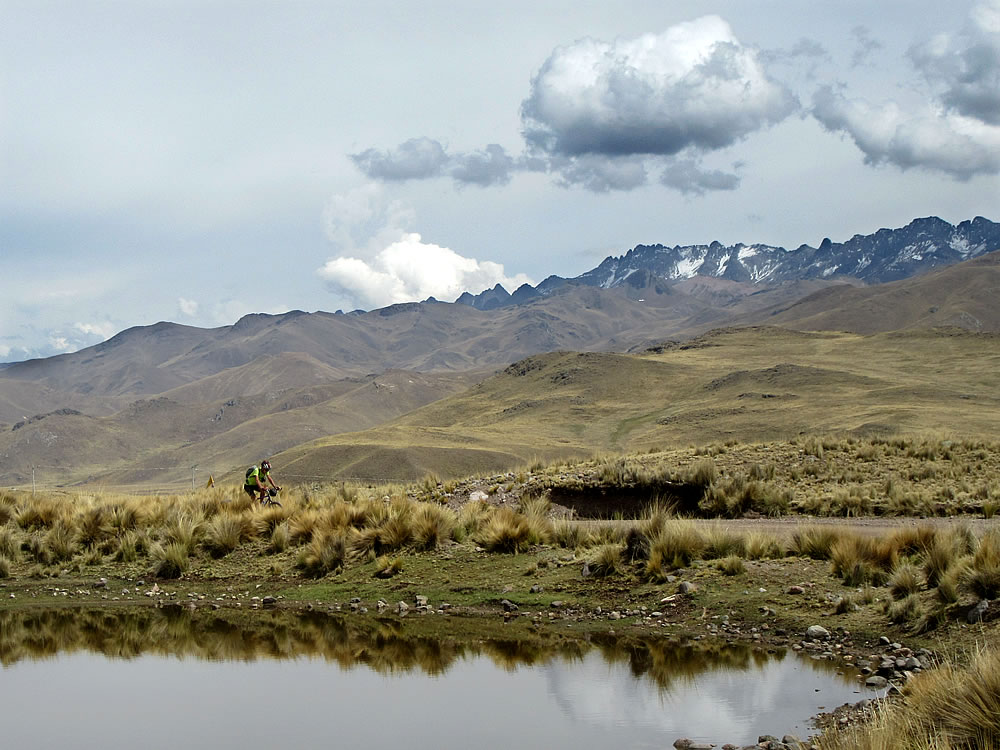
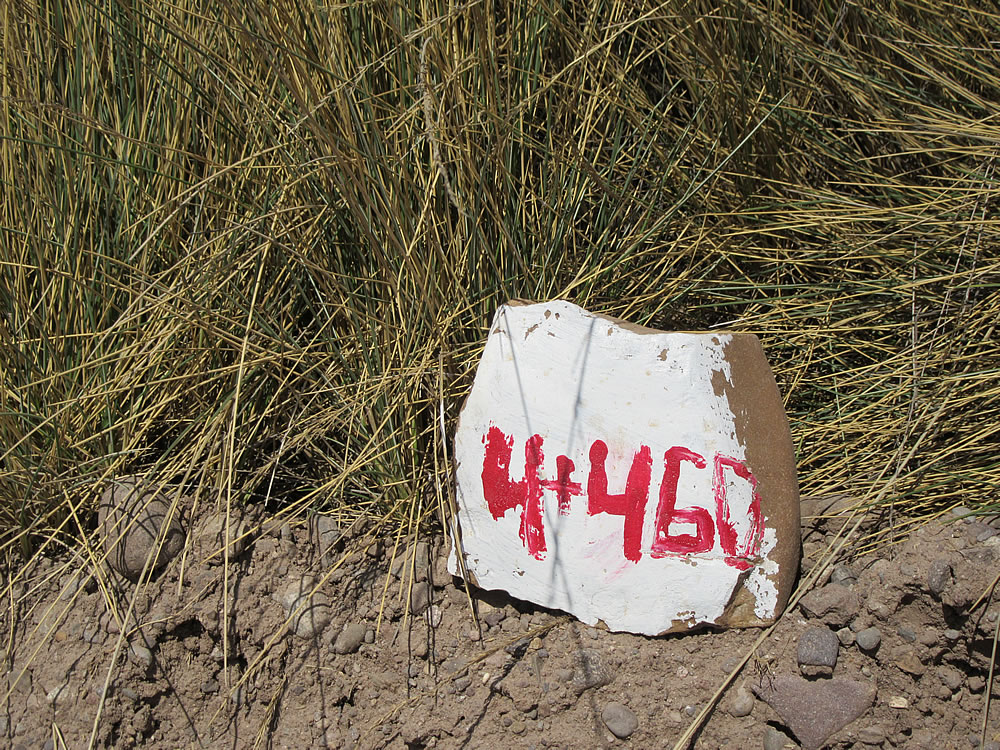
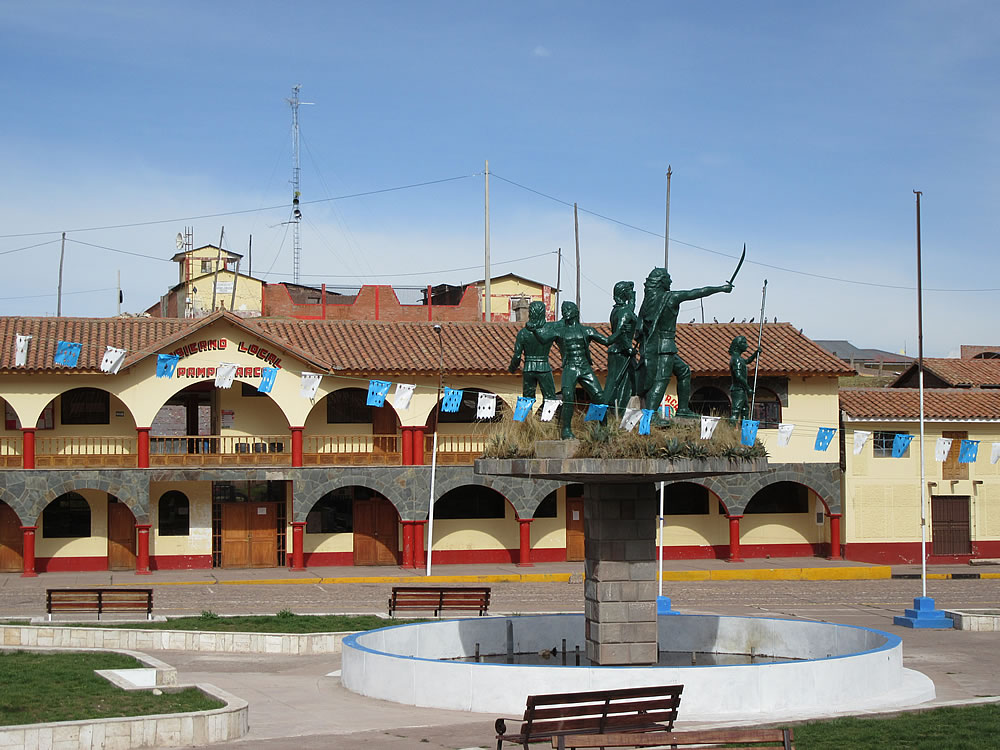

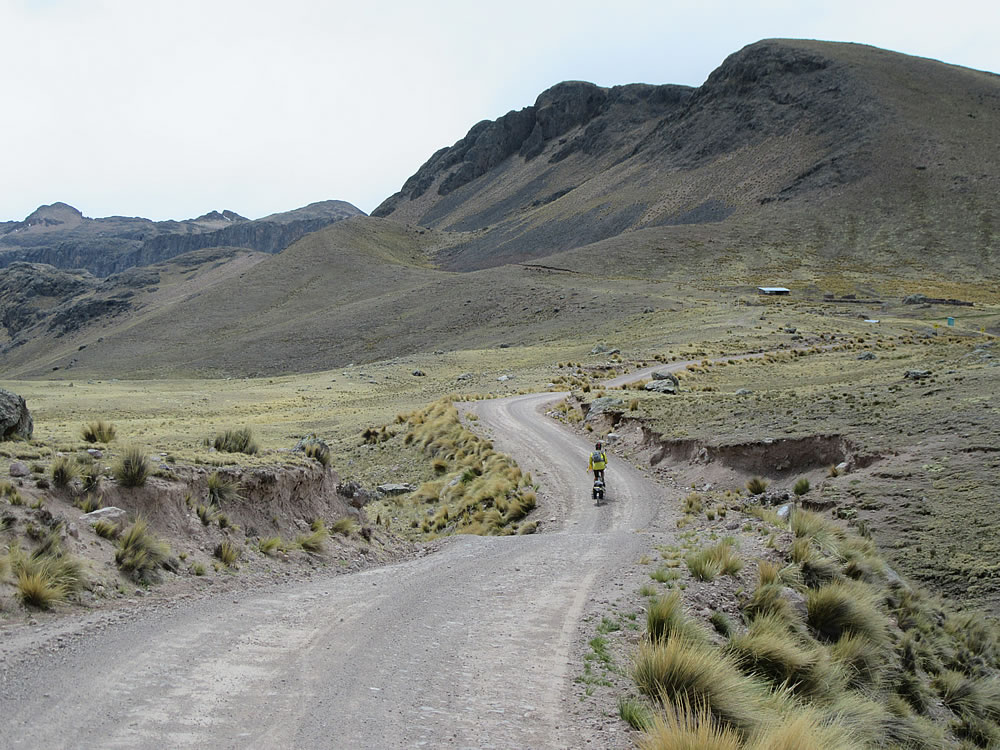


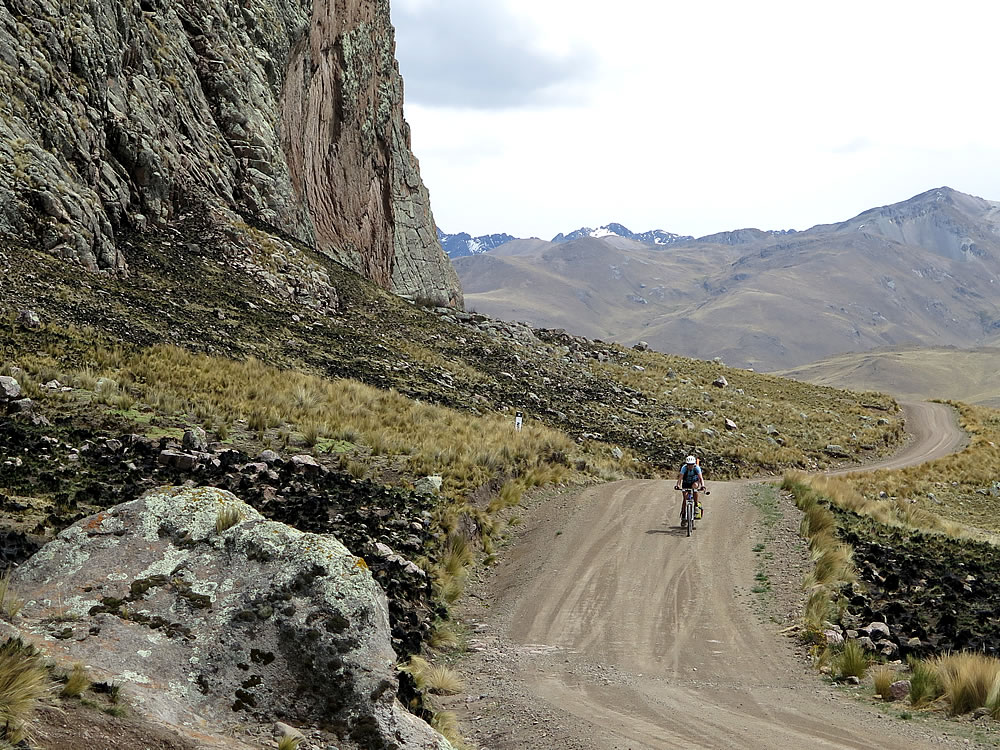
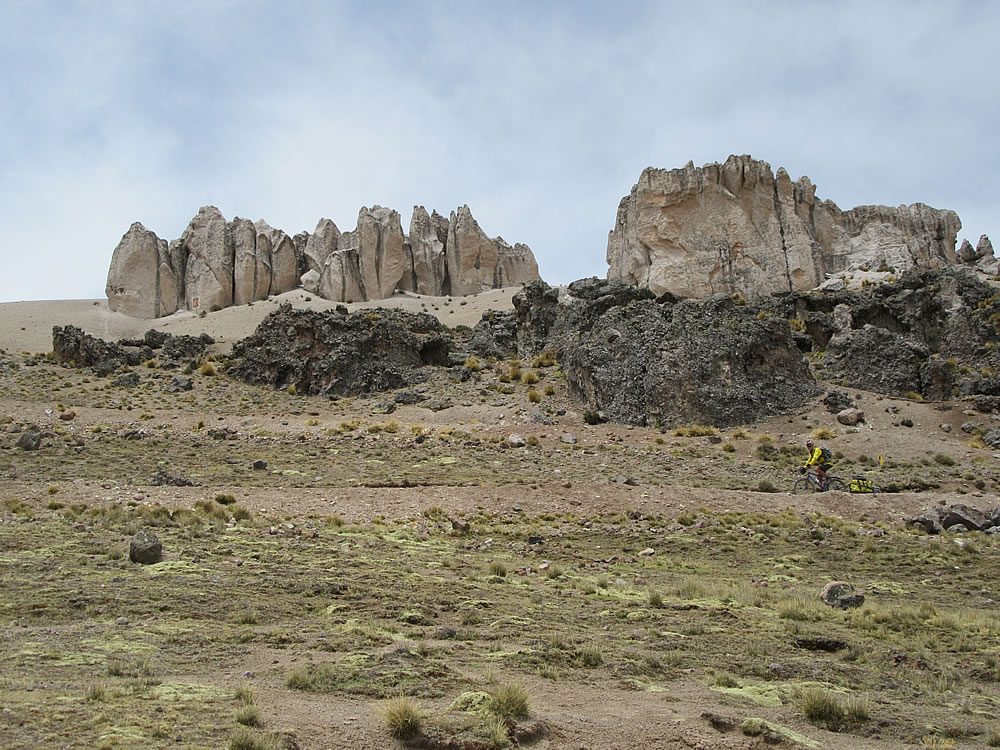
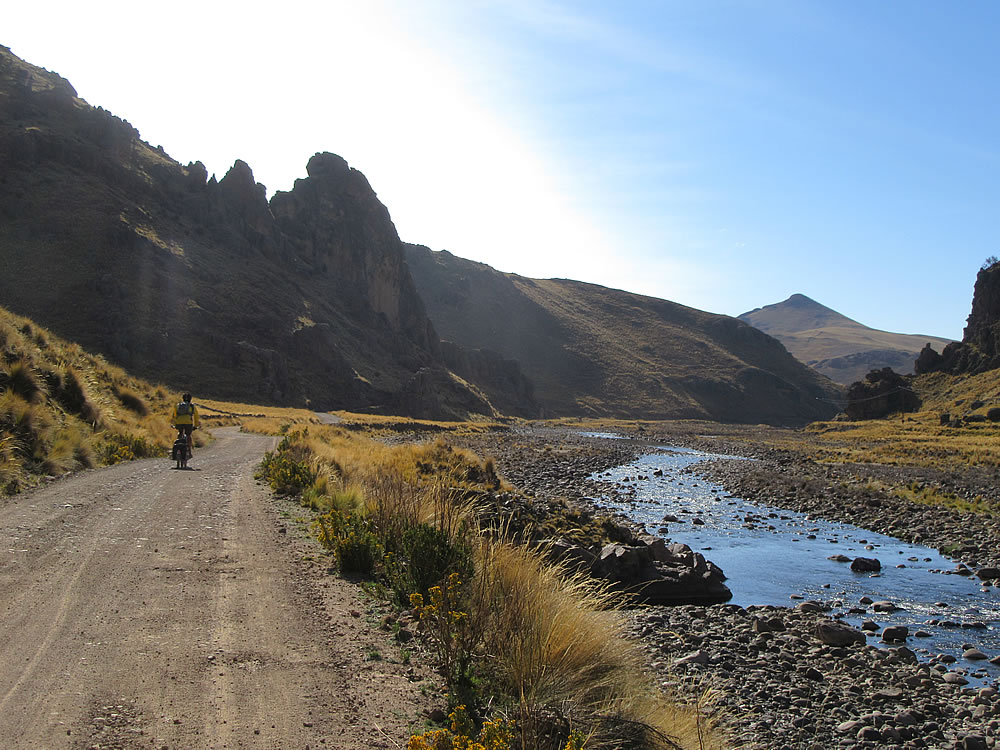
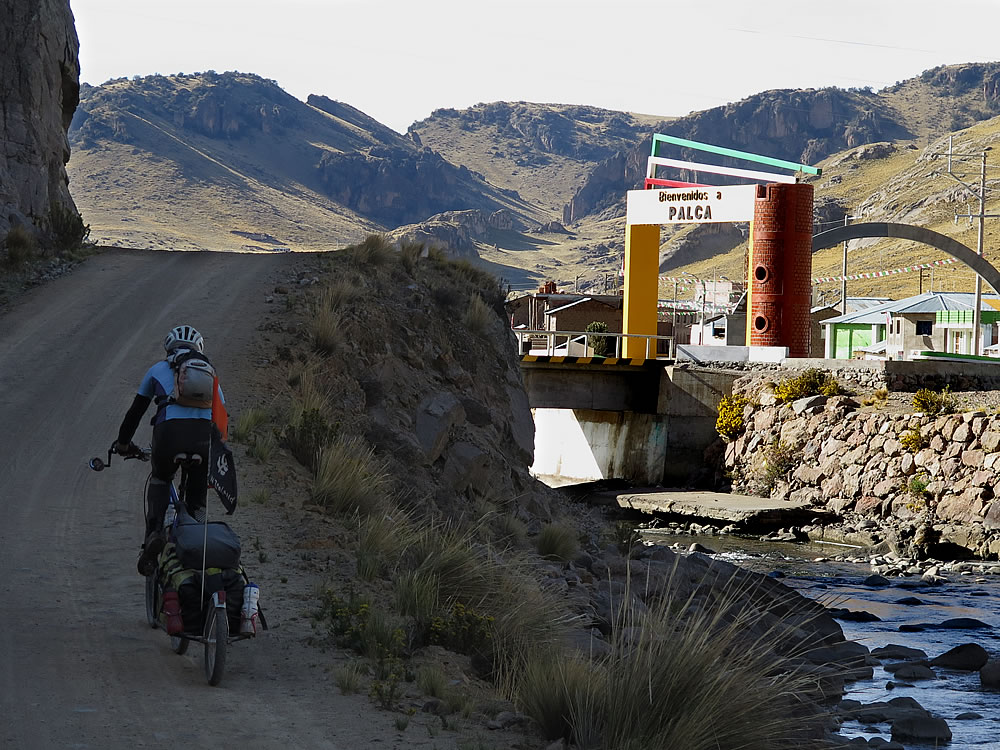
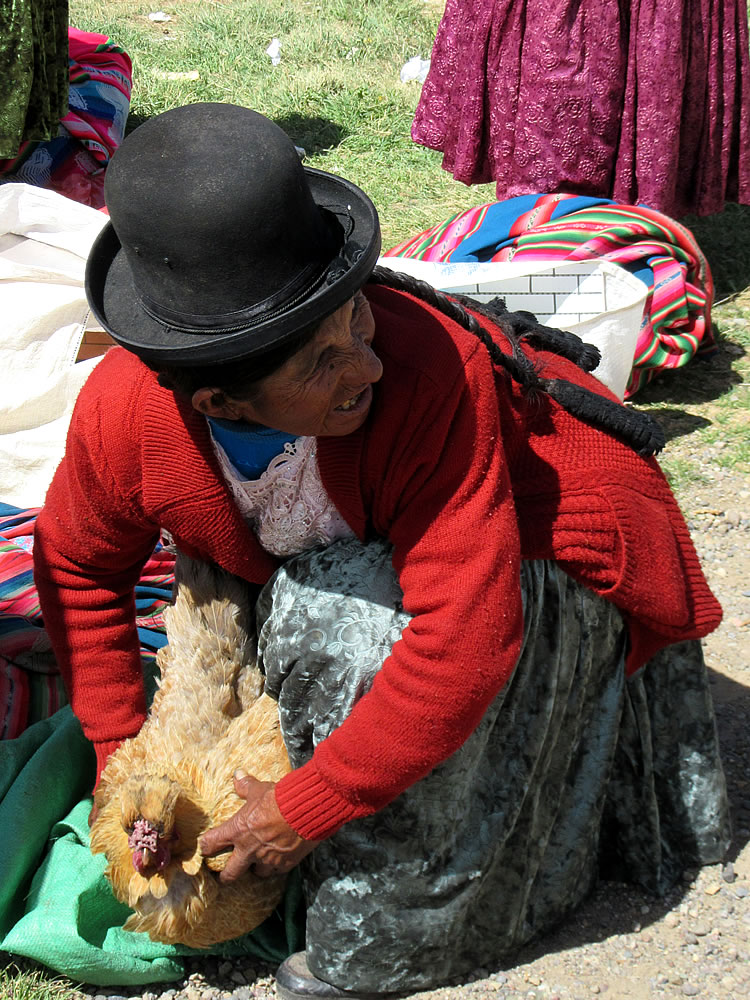
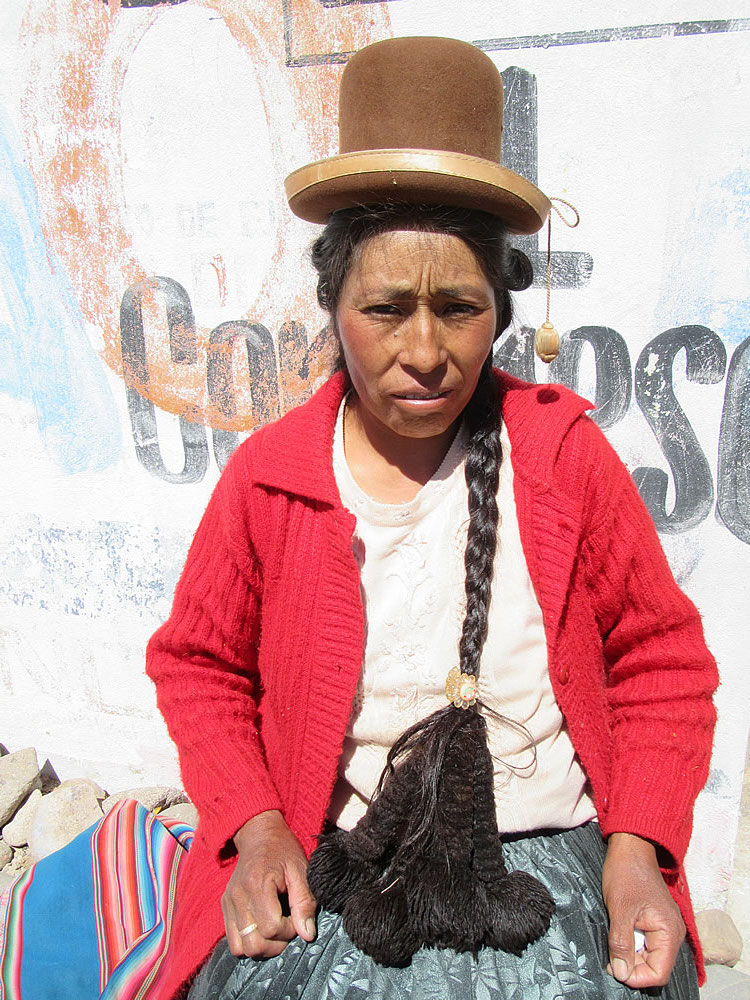
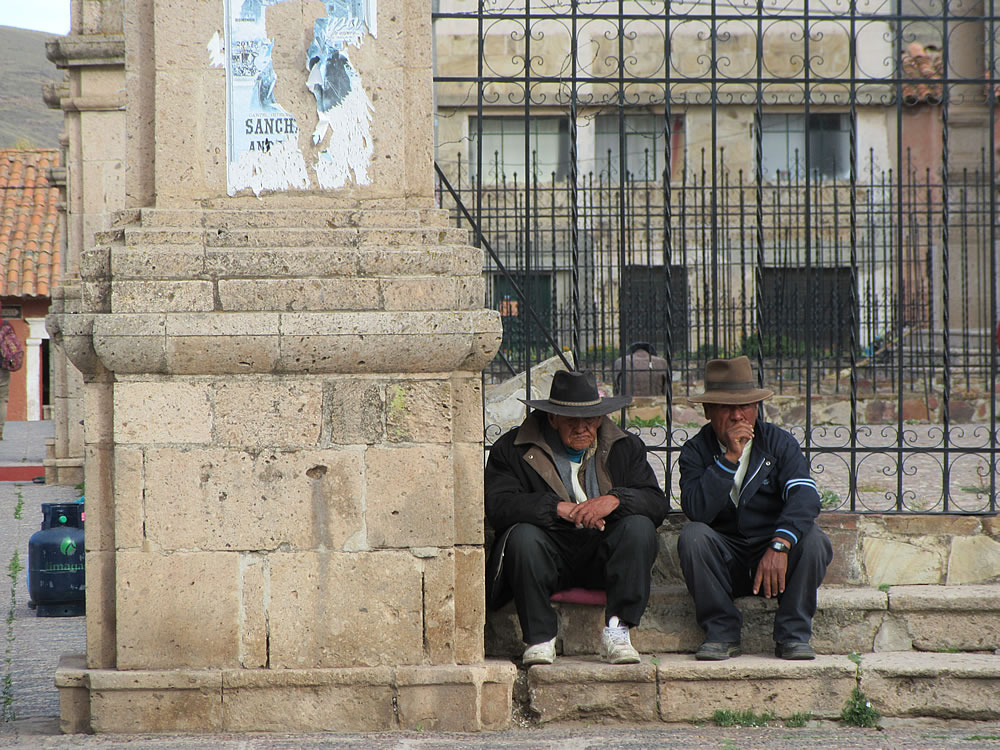
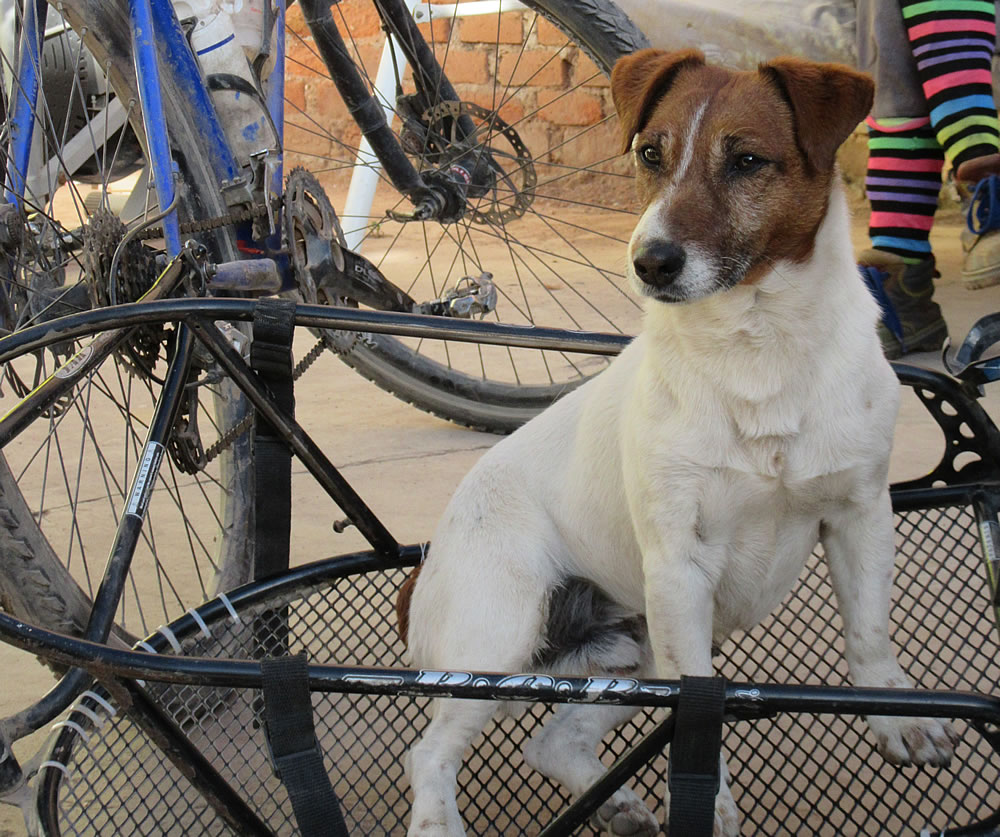

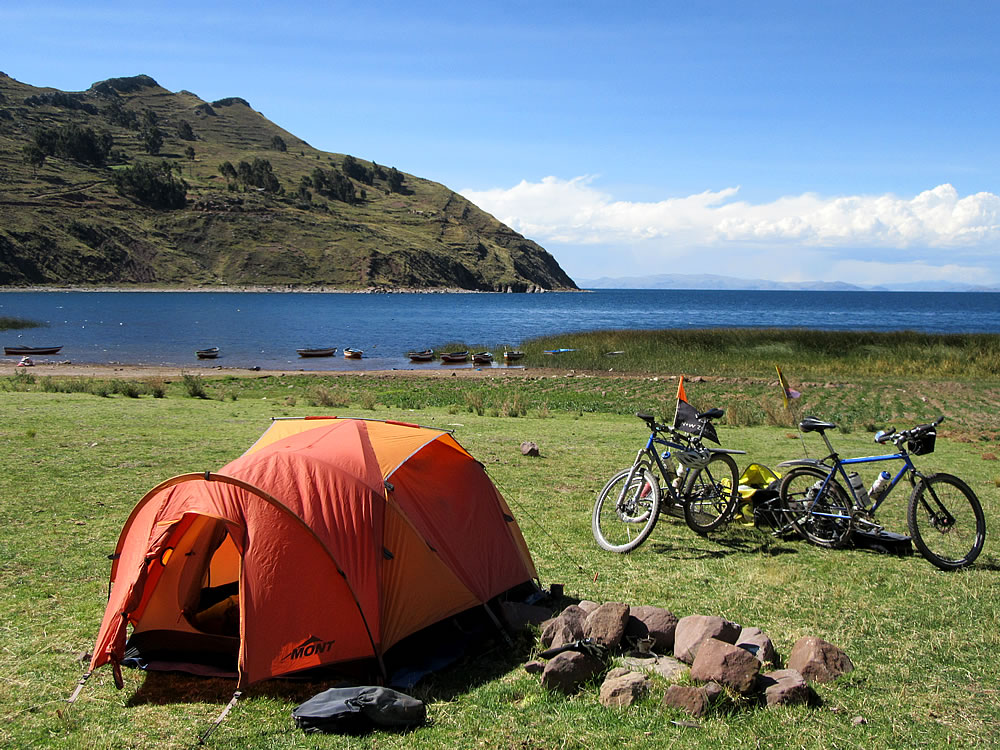

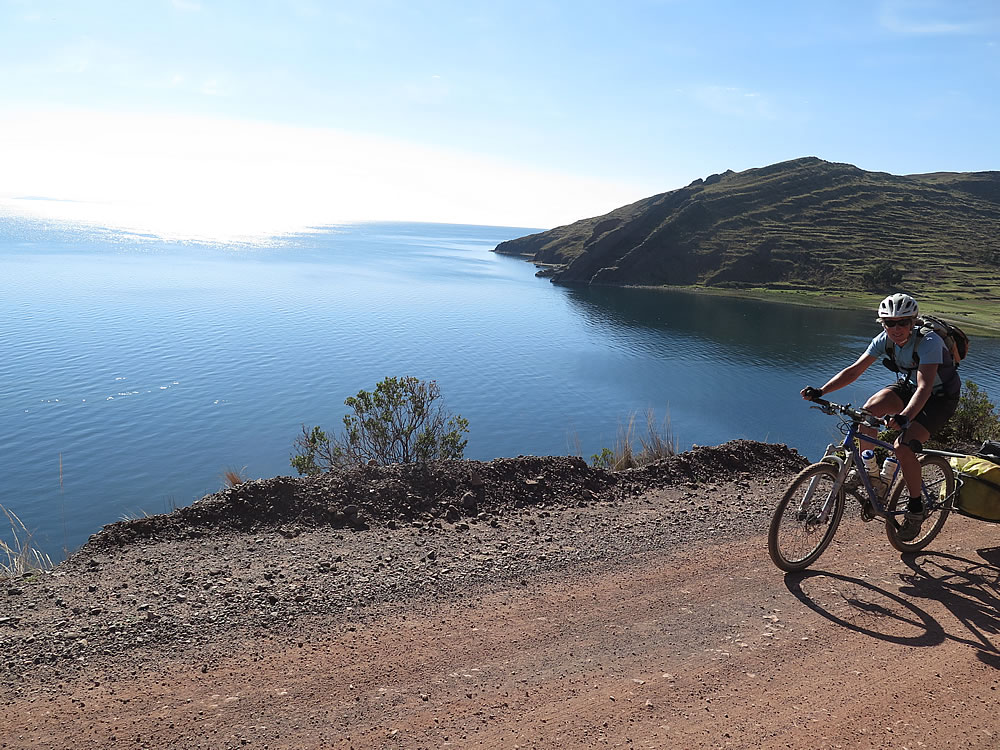
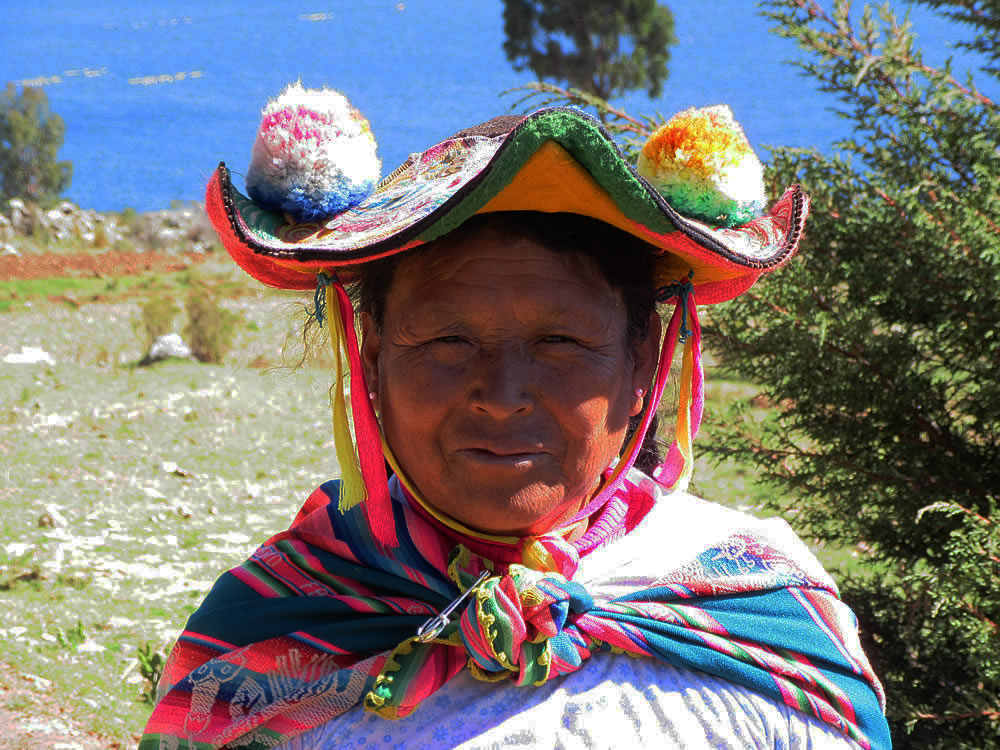


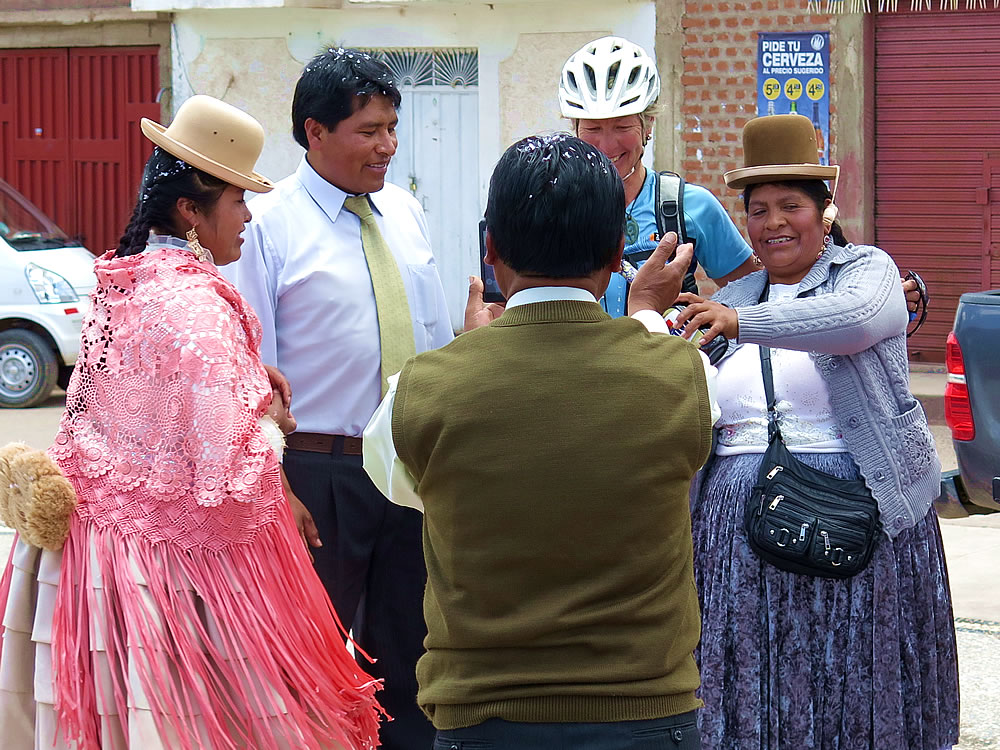
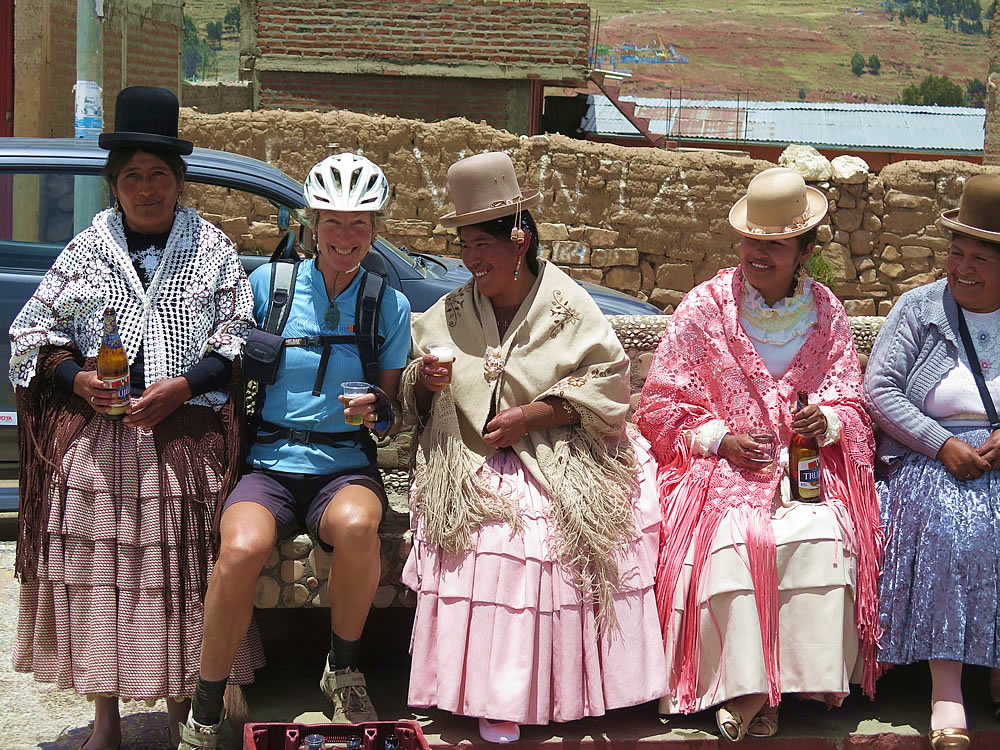

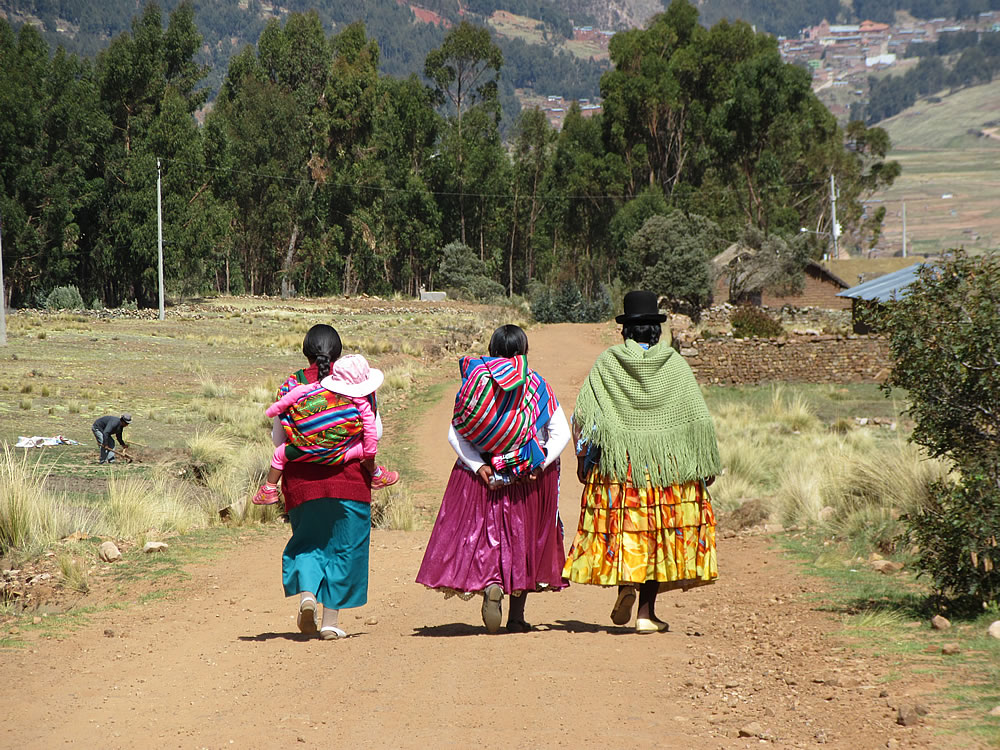
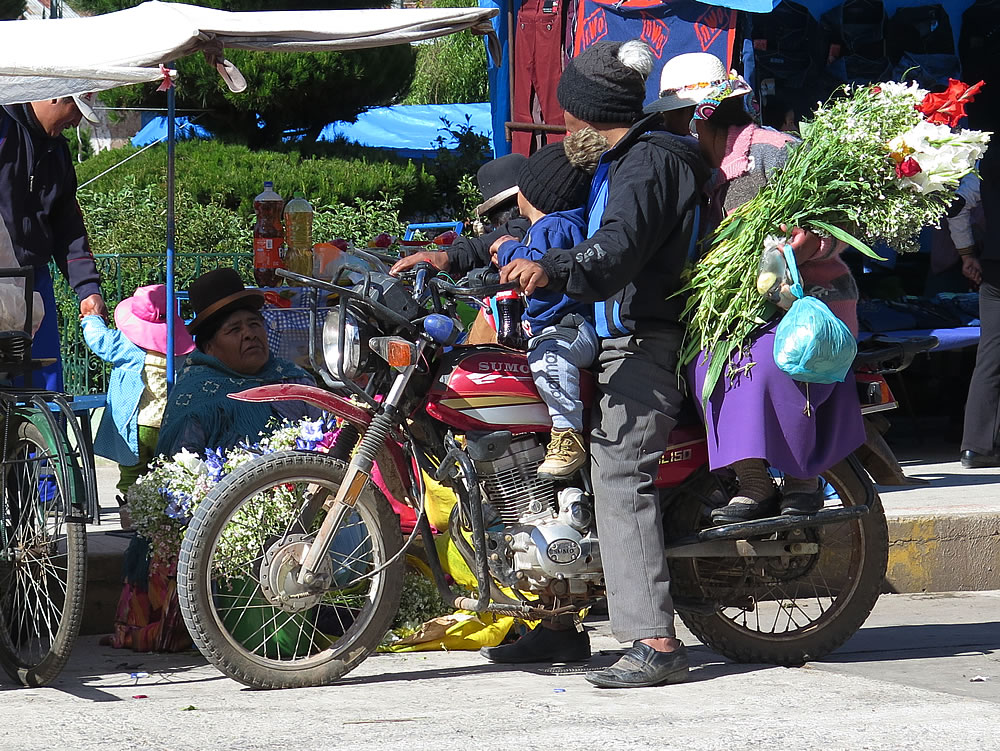
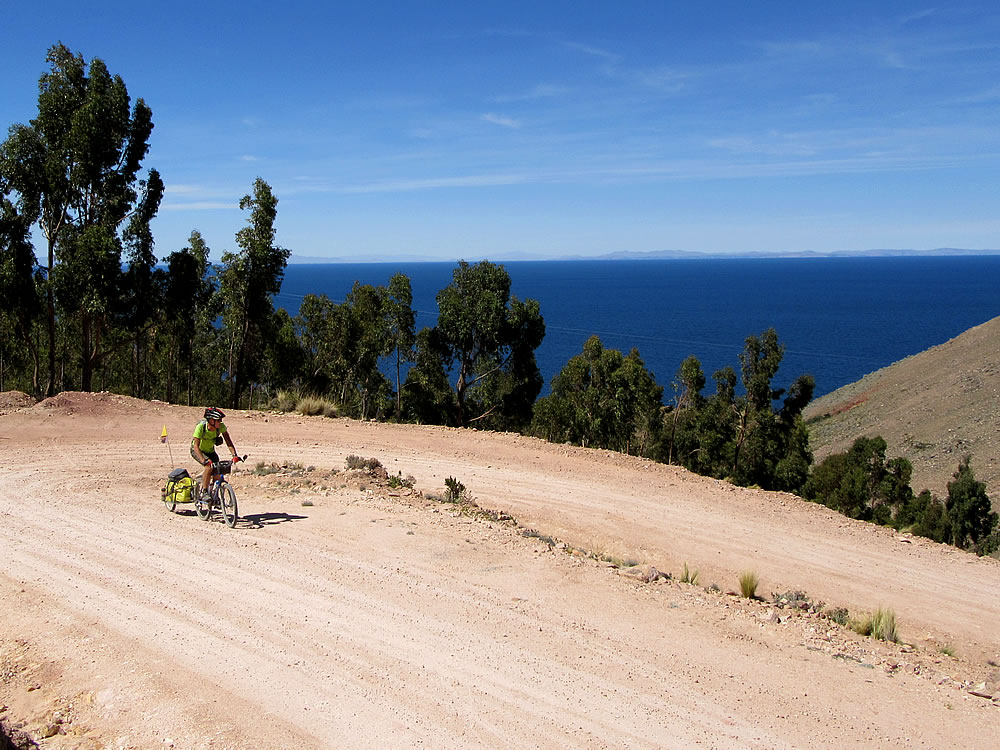


Omg another wonderful newsletter. Thank you Gaye. Loved all the photos especially the flamingos. How many of thise beers did you have? You looked pretty happy!! ?. 18 months. Wow!!! You two are amazing.
Omg another wonderful newsletter. Thank you Gaye. Loved all the photos especially the flamingos. How many of thise beers did you have? You looked pretty happy!! ?. 18 months. Wow!!! You two are amazing.
Thanks Debbie! Only a couple of glasses but then I’ve always been a cheap drunk! We didn’t get much further that day ..
Great update. What an amazing adventure! Stunning scenery and the flamingo photo – wow! Your updates are a real highlight for me, being home bound a lot and not yet back on the bike.
Cheers Jen, hope all is going well – the bike will wait for you …
Great photos! Much more interesting than a Globe Trekker episode on TV? Safe travels!??
Thanks Bob, all good & off to a great start in Bolivia!
This brings back a lot of memories, although not on bike, but you guys look like you’ve having a fantastic time, well done and great update, cheers… Ed
Cheers Ed, Peru is an amazing place – we felt like we barely scratched the surface in 2.5 months … might need to come back!
Fabulous photos and even better adventure. Thanks for sharing
Cheers Jason, hope all good with you
Really enjoy following your journey.
You have insired us to leave next week for Nz and ride
Cape Reinga to Bluff.
Our first big bike tour. And we are over 60!!!!
Hi Greg,
So good to hear that you are about to launch off on your first big bike tour! Best wishes for your trip – age is no absolutely no barrier, just be careful – bike touring is strangely addictive!!